The Frugal Fiduciary Small Business 401(k) Blog

Traditional vs. QACA Safe Harbor 401(k) Plans: How to Choose the Best Option for Your Business
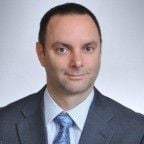
By: Eric Droblyen
April 22nd 2025
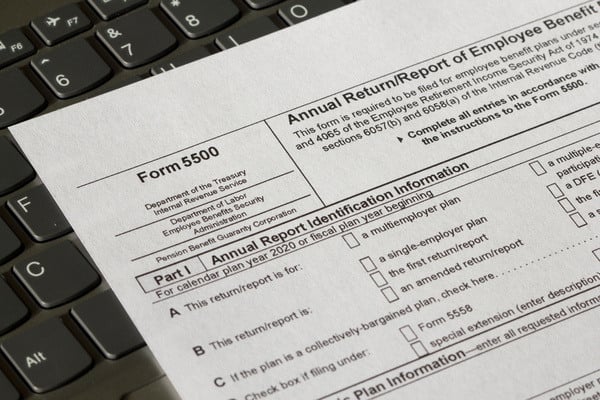
The 401(k) Form 5500: Your Questions Answered

By: Eric Droblyen
April 8th 2025

Why Asset-Based 401(k) Admin Fees Are a Problem – And What You Can Do About It

By: Eric Droblyen
March 25th 2025
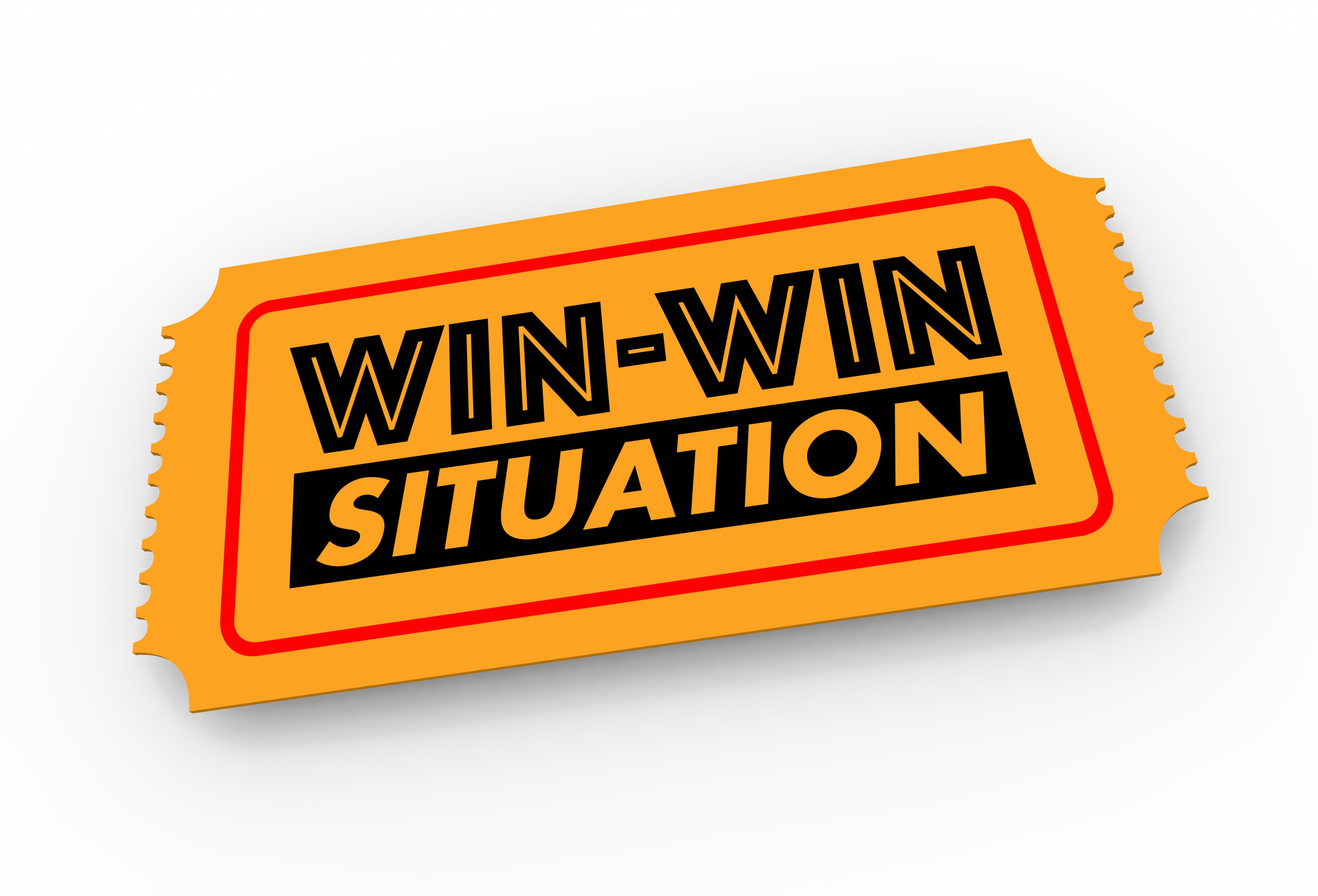
Boost Retirement Savings and Reduce Taxes by Paying Your 401(k) Fees from a Business Account

By: Eric Droblyen
March 11th 2025

SECURE Act 2.0: 2025 Changes for Small Business 401(k) Plans

By: Eric Droblyen
February 25th 2025

The DOL’s Voluntary Fiduciary Correction Program: What Business Owners Need to Know

By: Eric Droblyen
February 11th 2025

401(k) Catch-Up Contributions: Key Updates for 2025 and 2026

By: Eric Droblyen
January 28th 2025
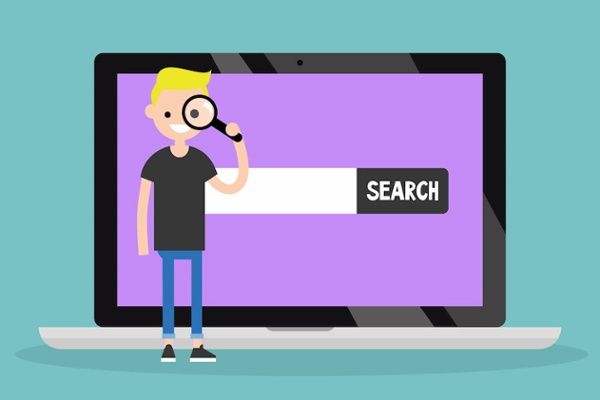
Lost a 401(k)? Here's How to Reclaim Your Retirement Savings

By: Eric Droblyen
January 14th 2025

The Top Ten Frugal Fiduciary 401(k) Blogs of 2024

By: Eric Droblyen
December 31st 2024

401(k) Variable Annuities - 5 Reasons to Avoid Them

By: Eric Droblyen
December 17th 2024

401(k) Annual Administration - A Checklist for 2025

By: Eric Droblyen
December 3rd 2024

401(k) Mutual Funds – Choose Low-Cost Share Classes to Maximize Returns

By: Eric Droblyen
November 19th 2024

How Small Business Owners Are Redefining the 401(k) Market—and Helping Employees Thrive

By: Eric Droblyen
November 5th 2024

401(k) Revenue Sharing - 5 Reasons for Businesses to Avoid it

By: Eric Droblyen
October 22nd 2024

401(k) Tax Incentives for Small Businesses

By: Eric Droblyen
October 7th 2024

Options to Correct a Failed ADP/ACP Test

By: Eric Droblyen
September 24th 2024

A Guide to Small Businesses Retirement Plan Options for Owners

By: Eric Droblyen
September 10th 2024

Solo 401(k) Plans – How to Maximize their Benefits

By: Eric Droblyen
August 27th 2024

401(k) Document Retention Rules Made Simple

By: Eric Droblyen
August 13th 2024

401(k) Amendment Rules – A Guide for Employers

By: Eric Droblyen
July 30th 2024

Understanding ERISA 404(c): Importance, Compliance, and the Role of QDIAs

By: Eric Droblyen
July 15th 2024
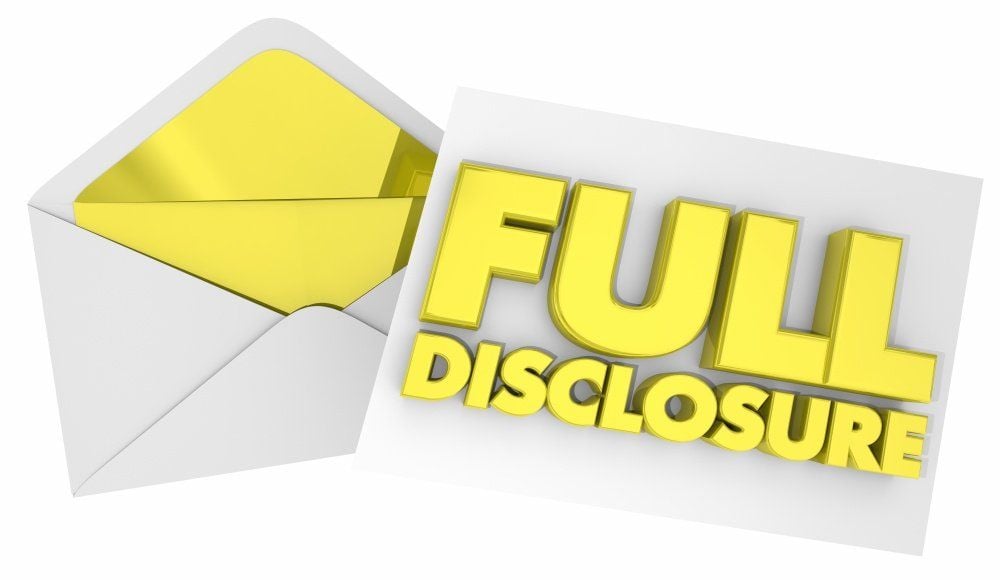
401(k) Participant Disclosures - What Employers Need to Know

By: Eric Droblyen
July 2nd 2024

401(k) Matching Contributions – What Retirement Savers Need to Know

By: Eric Droblyen
June 17th 2024
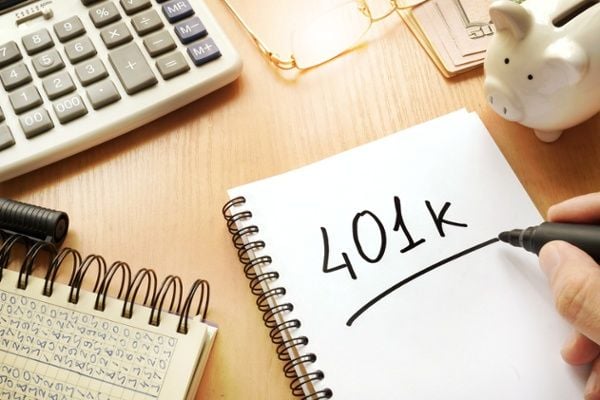
401(k) Rollovers – FAQs for Retirement Investors

By: Eric Droblyen
June 5th 2024

401(k) Advisor Fee Study: How Much Fiduciary Advice Lowers Plan Costs

By: Eric Droblyen
May 21st 2024
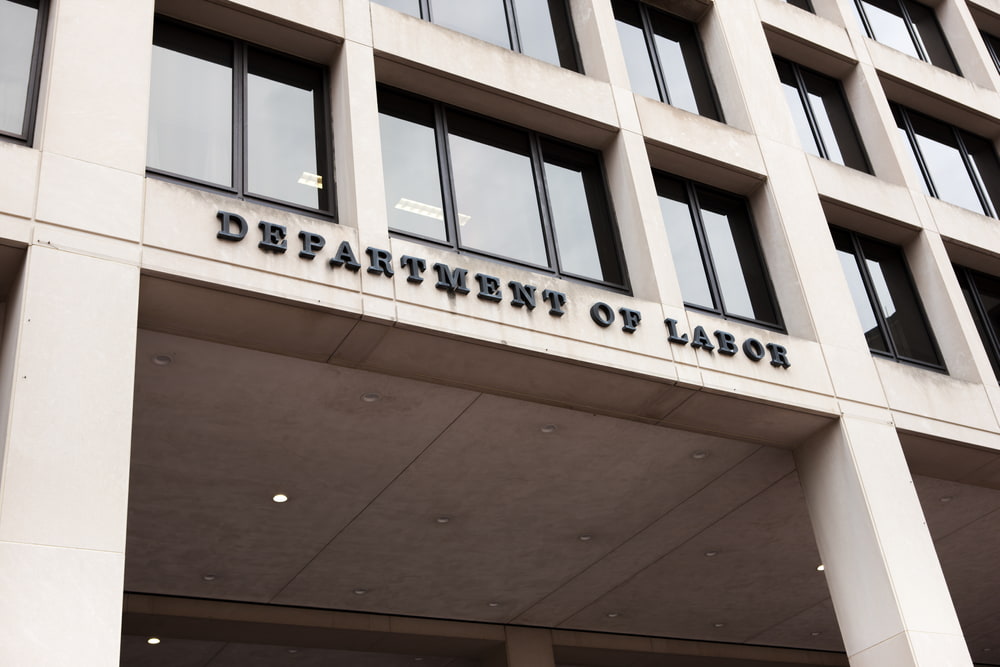
The DOL’s New Retirement Security Rule - A Win for Retirement Investors

By: Eric Droblyen
May 7th 2024

Enrolling in a 401(k) Plan – How to Make Informed Decisions

By: Eric Droblyen
April 23rd 2024

SECURE 2.0’s Automatic Enrollment Mandate for 401(k)s – What Employers Need to Know

By: Eric Droblyen
March 26th 2024
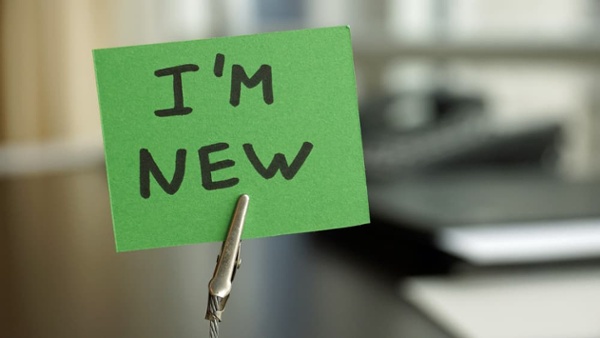
How Starter 401(k) Plans Compare to Safe Harbor and Traditional Plans

By: Eric Droblyen
March 12th 2024
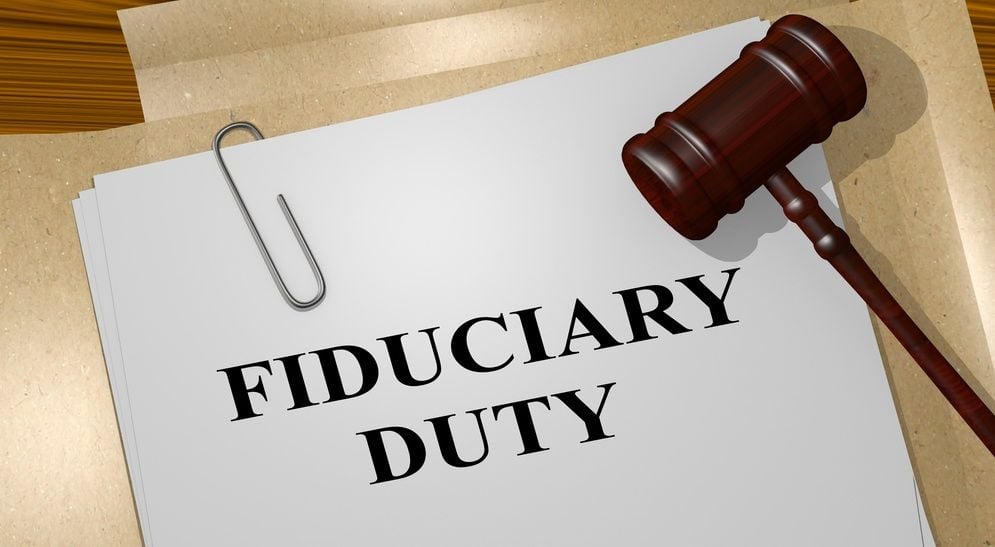
A Simple Guide for Meeting 401(k) Fiduciary Responsibilities

By: Eric Droblyen
February 27th 2024

Roth Matching and Nonelective Contributions – What Employers Need to Know

By: Eric Droblyen
February 13th 2024
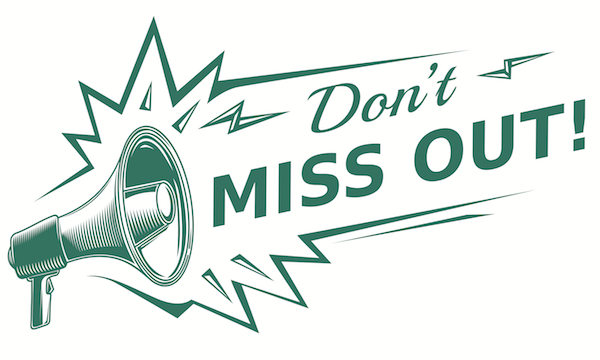
Deadlines for 401(k) Adoption – Including SECURE 2.0 Changes

By: Eric Droblyen
January 31st 2024

How to Replace a SIMPLE IRA with a 401(k) - SECURE 2.0 Update

By: Eric Droblyen
January 16th 2024

The Top Ten Frugal Fiduciary 401(k) Blogs of 2023

By: Eric Droblyen
January 2nd 2024

How Much a Low Cost 401(k) Can Increase Your Future Savings

By: Eric Droblyen
December 19th 2023

401(k) Long-Term, Part Time Rules – What Employers Need to Know

By: Eric Droblyen
December 5th 2023
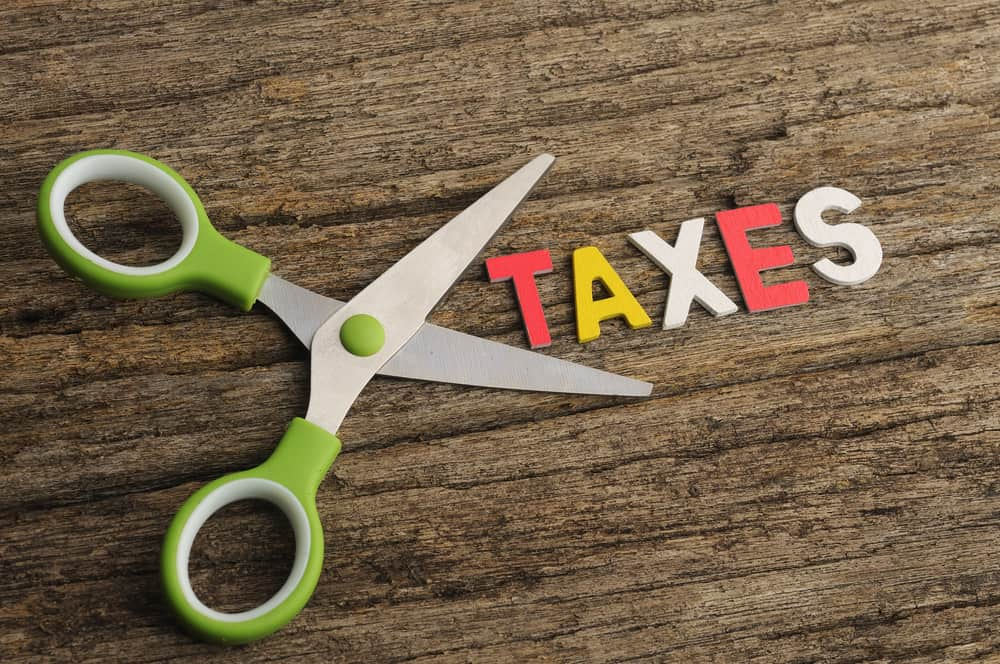
Mega Backdoor Roth – A Perfect Fit for Solo 401(k) Plans

By: Eric Droblyen
November 7th 2023

Is Your Company Part of an Affiliated Service Group? Know for Certain or Risk 401(k) Plan Disqualification

By: Eric Droblyen
October 24th 2023

The 402(g) Limit For 401(k) Plans – FAQs for Employers

By: Eric Droblyen
October 10th 2023

403(b) vs 401(k): Which is Best for a Tax-Exempt Organization?

By: Eric Droblyen
September 26th 2023

4 Questions to Achieve the Ideal 401(k) Plan

By: Eric Droblyen
September 12th 2023
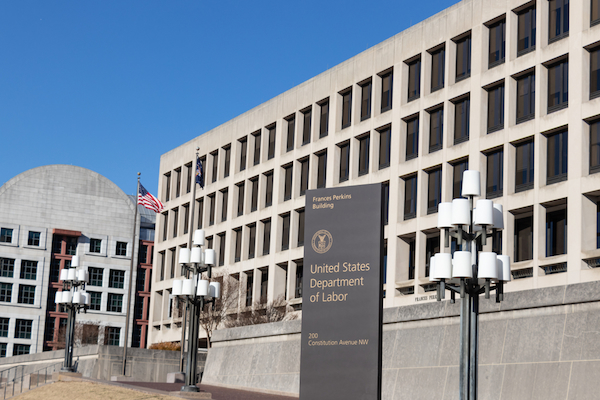
DOL Requests 401(k) Fee Disclosure Feedback; We Responded

By: Eric Droblyen
August 29th 2023

401(k) Contribution Deductibility - What Employers Need to Know
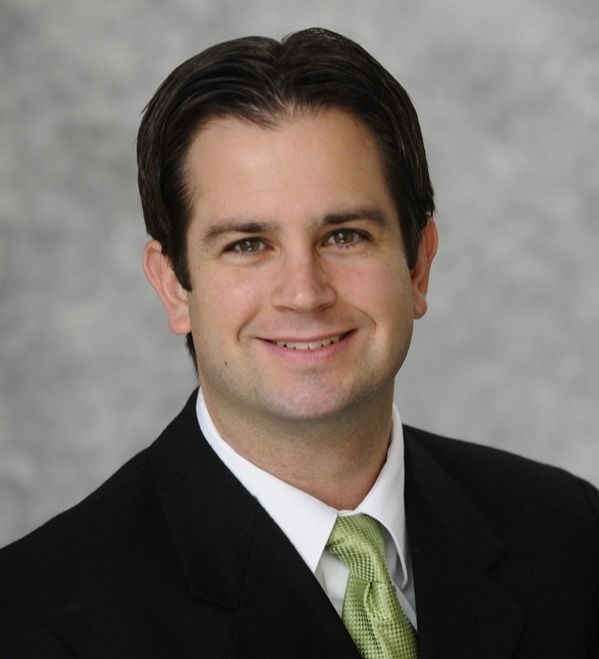
By: Brian Furgala
August 15th 2023

SECURE 2.0 Non-Discrimination Testing Changes: Good News for Small Businesses

By: Brian Furgala
August 1st 2023

How to Prepare Your 401(k) Plan for SECURE 2.0 Changes

By: Brian Furgala
July 18th 2023

Replacing a SIMPLE IRA with a 401(k) – Frequently Asked Questions

By: Brian Furgala
July 5th 2023

401(k) Investment Selection – Don’t Let ESG Factors Distract You

By: Brian Furgala
June 20th 2023

401(k) Forfeitures: How and When They Must Be Used

By: Brian Furgala
June 6th 2023
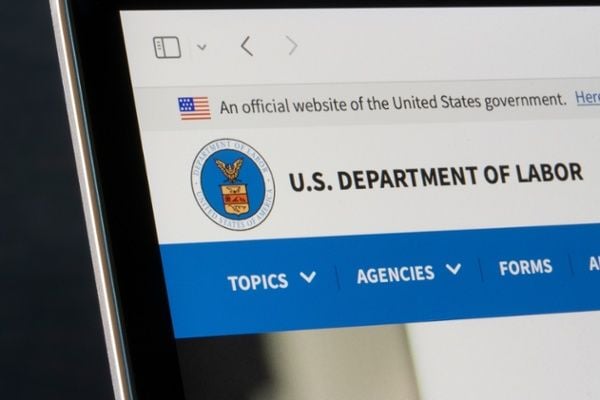
New 401(k) Audit Rule for Form 5500 is Good News for Small Businesses

By: Brian Furgala
May 23rd 2023

Roth 401(k) Contributions — Answers to Common Questions

By: Brian Furgala
May 9th 2023

401(k) In-Service Distributions – New SECURE 2.0 Options

By: Brian Furgala
April 25th 2023

401(k) Eligibility: When to Let Employees Join Your Plan

By: Eric Droblyen
April 11th 2023
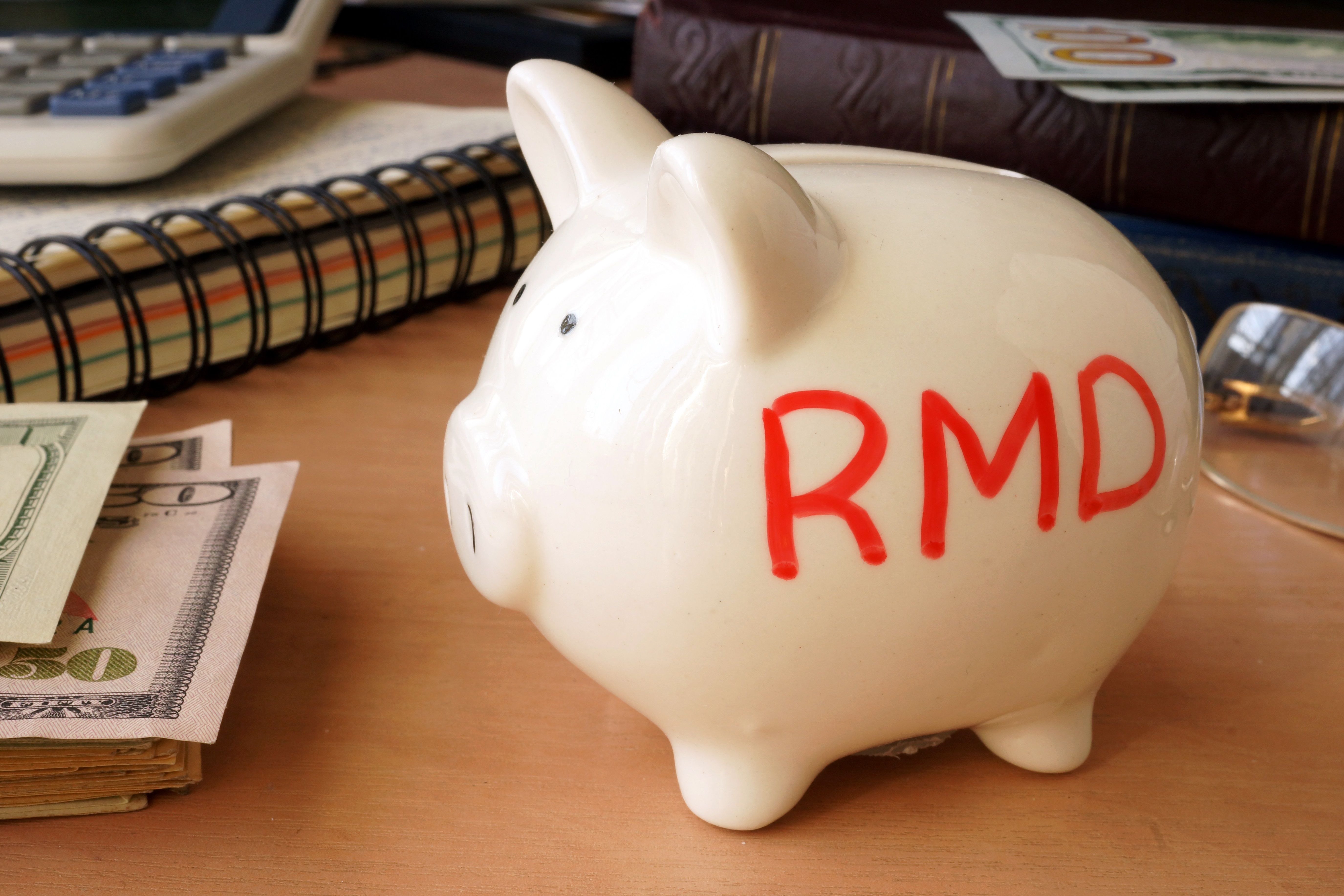
401(k) Required Minimum Distributions – What You Need to Know

By: Brian Furgala
March 28th 2023
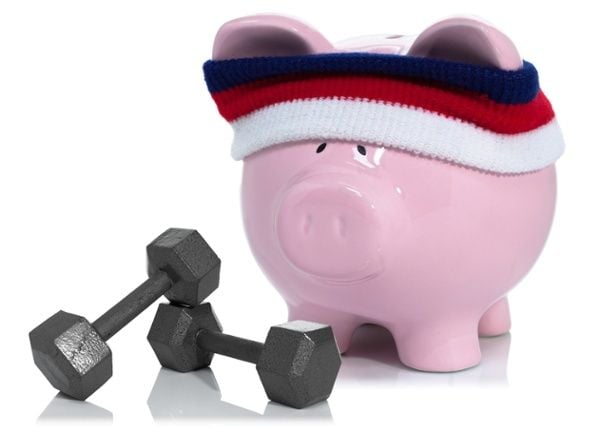
Automatic Enrollment – Is It Right for Your Small Business 401(k) Plan?

By: Brian Furgala
March 14th 2023
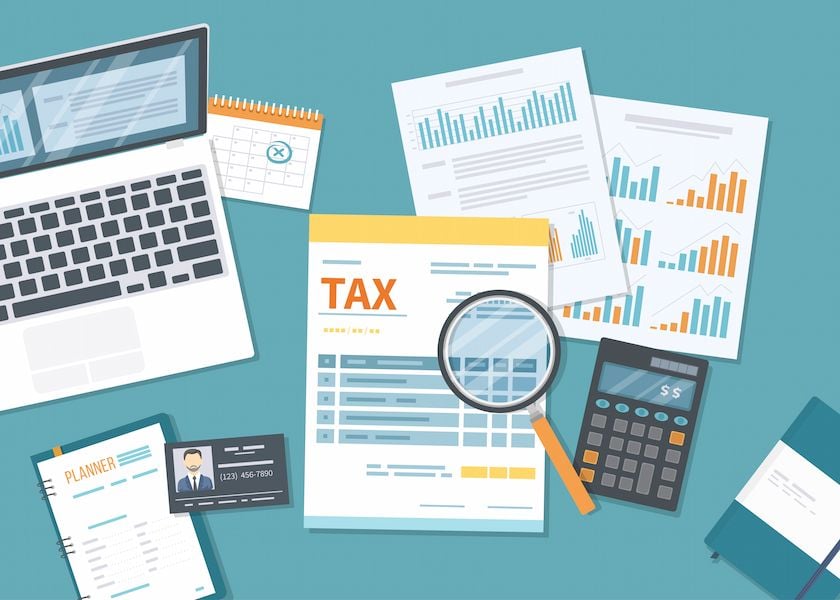
Small Business 401(k) Tax Credits – SECURE 2.0 Updates

By: Brian Furgala
February 28th 2023
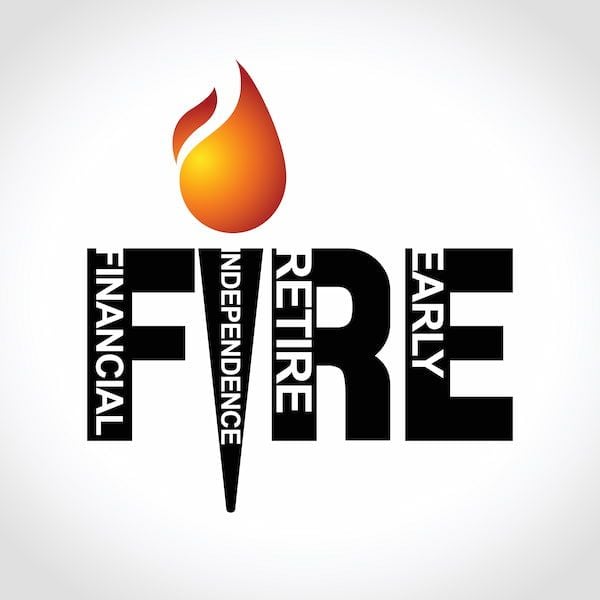
Three Features of a FIRE-Inspired 401(k) Plan

By: Eric Droblyen
February 14th 2023

SECURE 2.0 – My Top 5 401(k) Related Provisions

By: Eric Droblyen
January 31st 2023
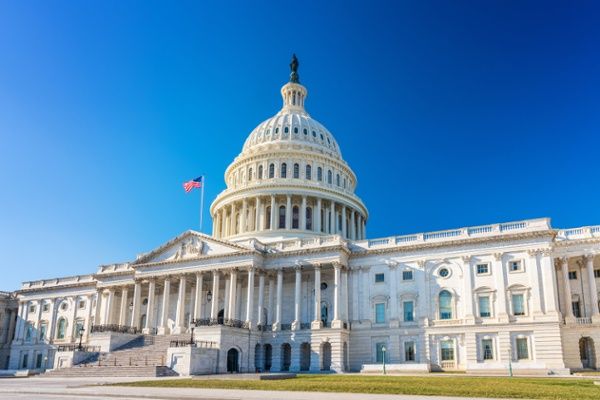
SECURE Act 2.0 – A Summary of the Major 401(k) Provisions

By: Eric Droblyen
January 17th 2023
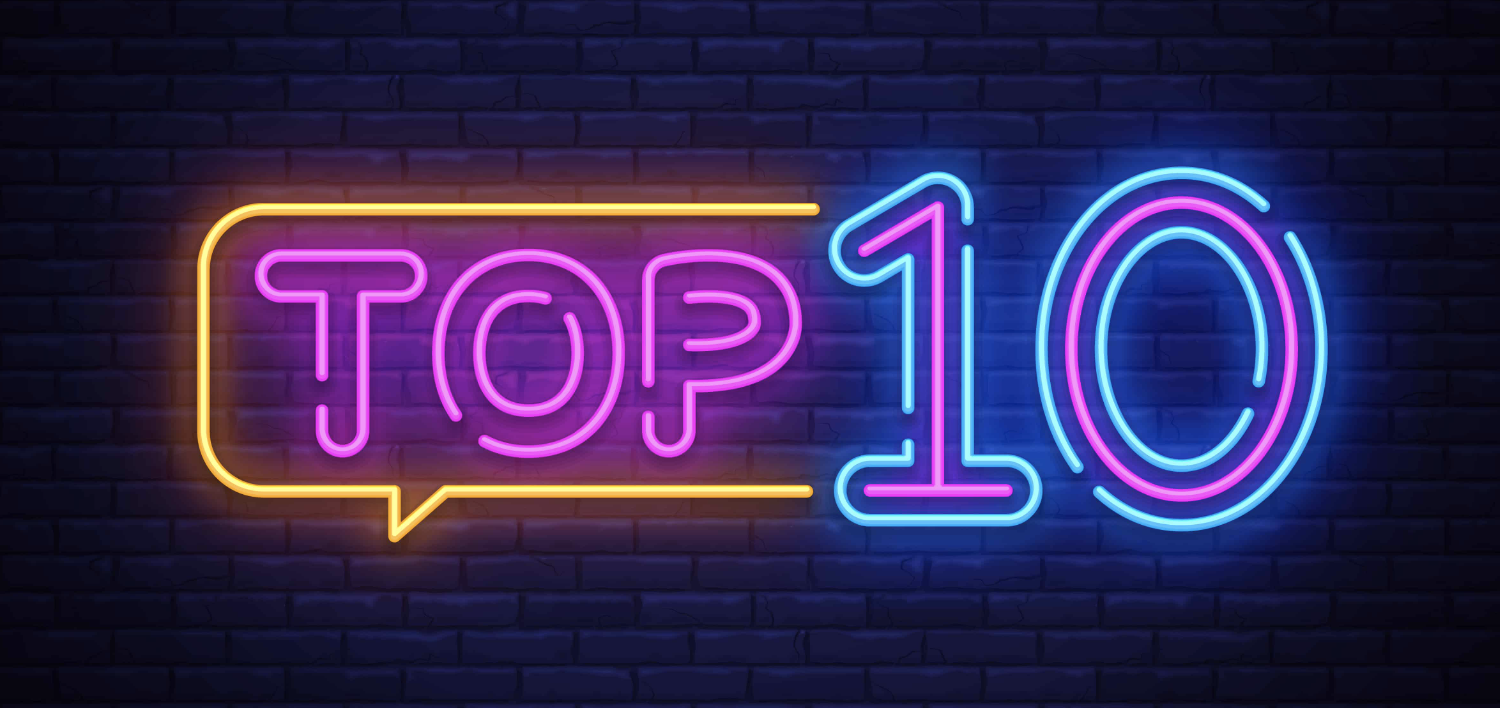
The Top Ten Frugal Fiduciary 401(k) Blogs of 2022

By: Eric Droblyen
January 3rd 2023

Removing Hidden 401(k) Fees - What Employers Need to Know

By: Eric Droblyen
December 21st 2022

401(k) Plan Design Choices to Simplify Annual Admin the Most

By: Eric Droblyen
December 6th 2022

How 401(k) Participants Can Match the Federal TSP's Low Fees

By: Eric Droblyen
November 8th 2022
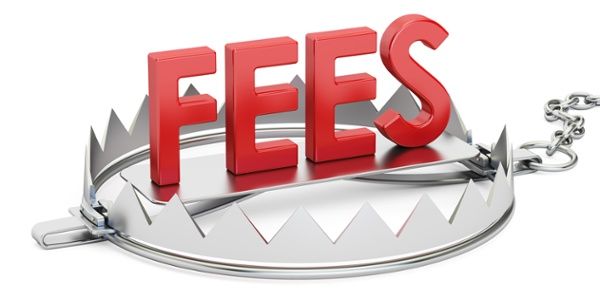
Pooled 401(k) Plan Fees – A Case Study

By: Eric Droblyen
October 25th 2022

The Ideal 401(k) Plan for Employees and Employers

By: Eric Droblyen
October 11th 2022

401(k) Contributions - What Workers Need to Know

By: Eric Droblyen
September 27th 2022

The 415(c) Limit For 401(k) Plans – FAQs for Employers

By: Eric Droblyen
September 13th 2022
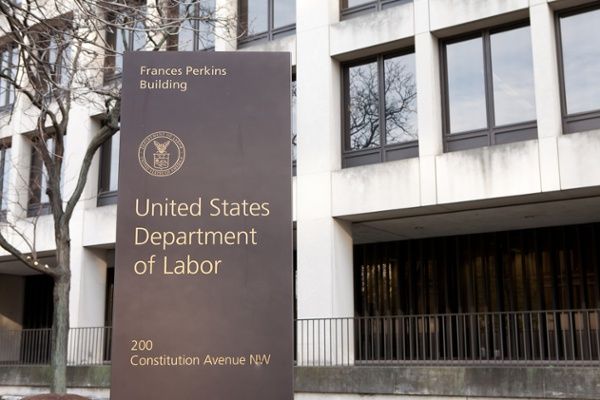
The Top 401(k) Priorities on the DOL’s Regulatory Agenda

By: Eric Droblyen
August 30th 2022

Morningstar's Active/Passive Barometer – Takeaways for 401(k) Fiduciaries

By: Eric Droblyen
August 16th 2022
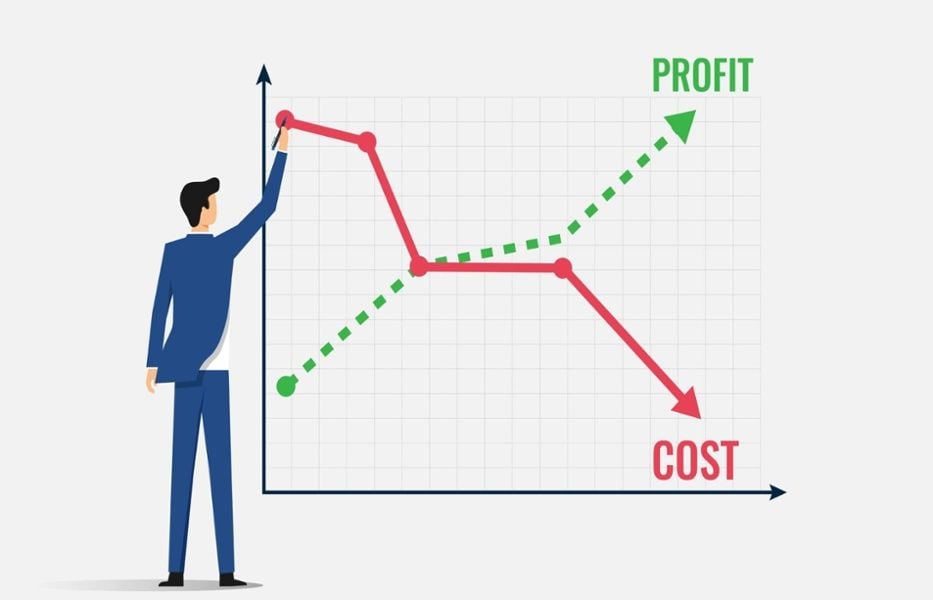
Pew Finds Rolling a 401(k) to an IRA can be a Costly Mistake

By: Eric Droblyen
August 2nd 2022

Is Your 401(k) About to Lose Solo Status? Here’s How to Prepare

By: Eric Droblyen
July 19th 2022

Target Date Index Funds – The Best Investment for Most 401(k) Participants?

By: Eric Droblyen
July 5th 2022

New 401(k) Lifetime Income Disclosures – What to Know

By: Eric Droblyen
June 22nd 2022

401(k) Distributions - FAQs for Employers

By: Eric Droblyen
June 8th 2022
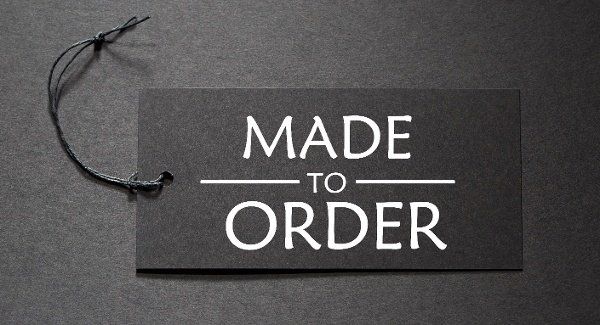
401(k) Plan Design Study: Safe Harbor and Roth Adoption Is Up

By: Eric Droblyen
May 25th 2022
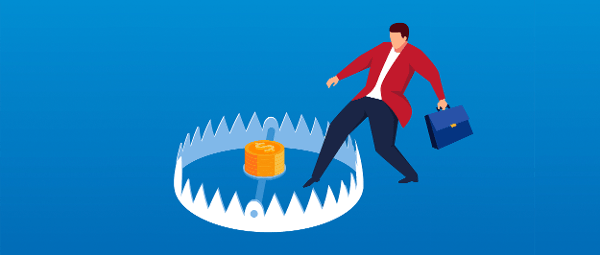
Good Luck Escaping a Pooled Employer 401(k) Plan (PEP)

By: Eric Droblyen
May 11th 2022

SECURE Act 2.0 – Not the 401(k) Reform Americans Deserve

By: Eric Droblyen
April 27th 2022
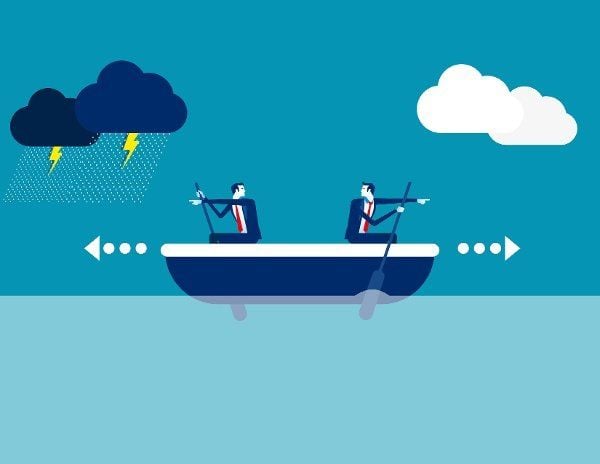
Don’t Be Fooled by These 401(k) Conflicts of Interest!

By: Eric Droblyen
April 13th 2022

The Ultimate Guide to Safe Harbor 401(k) Plans

By: Eric Droblyen
March 30th 2022

Five Reasons Why Hidden 401(k) Fees Should be Illegal

By: Eric Droblyen
March 16th 2022
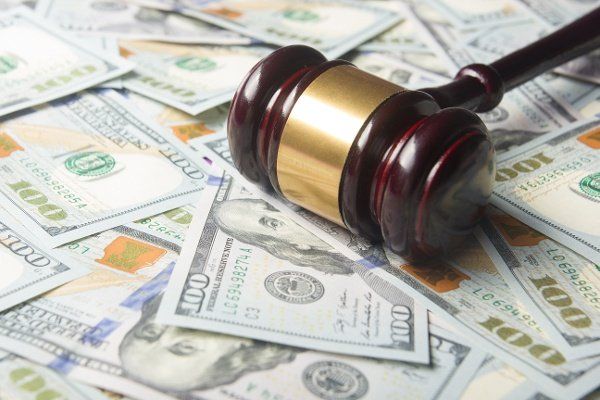
401(k) Fiduciary Takeaways from a Jerry Schlichter Interview

By: Eric Droblyen
March 2nd 2022
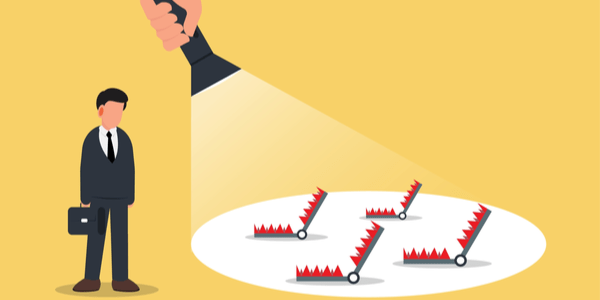
Pooled Employer 401(k) Plans (PEPs): Myth vs. Reality

By: Eric Droblyen
February 16th 2022

Hughes v Northwestern: What is a "Prudent" 401(k) Investment?

By: Eric Droblyen
February 2nd 2022
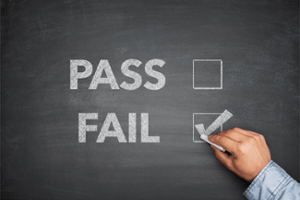
401(k) Nondiscrimination Testing Study – What % of Plans Fail?

By: Eric Droblyen
January 19th 2022

How to Make Small Business 401(k)s Cheaper than Mega Plans

By: Eric Droblyen
January 5th 2022

The Top Ten Frugal Fiduciary 401(k) Blogs of 2021

By: Eric Droblyen
December 22nd 2021

401(k) Annual Administration - A Checklist for 2022

By: Eric Droblyen
December 8th 2021

Small Business 401(k) Plans – How the Best Can Help You Retire Faster

By: Eric Droblyen
November 24th 2021

Bundled or Unbundled 401(k) Provider – How to Choose

By: Eric Droblyen
November 10th 2021

401(k) Fee Study: How Much Does a Fiduciary-Grade Advisor Cost?

By: Eric Droblyen
October 27th 2021
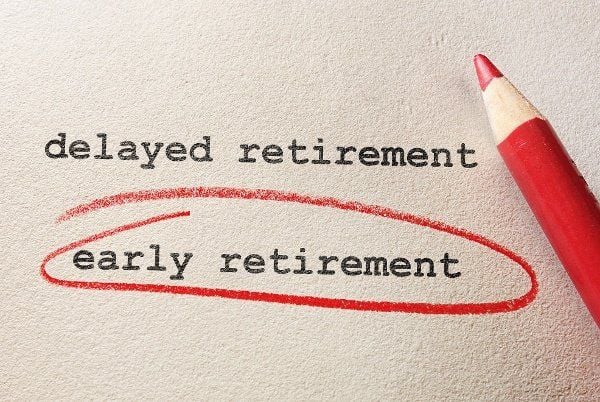
Employee Fiduciary Launches New 401(k) Fee Savings Calculator

By: Eric Droblyen
October 13th 2021

Proposed 5500 Reform Won’t Help 401(k) Fee Benchmarking

By: Eric Droblyen
September 29th 2021

GAO Recommends Much Needed 401(k) Fee Disclosure Reform

By: Eric Droblyen
September 15th 2021

Could the FTC Save Consumers from Hidden 401(k) Fees?

By: Eric Droblyen
September 1st 2021

401(k) Fiduciary Liability Insurance – Factors that Raise Premiums

By: Eric Droblyen
August 4th 2021

How to Simplify Your 401k Admin with a Cycle 3 Plan Restatement

By: Eric Droblyen
July 21st 2021

401(k) Plan Oversight - Understanding Your Fiduciary Hierarchy is Key

By: Eric Droblyen
July 7th 2021

Preventing Identity Theft in a Retirement Program as an Employer

By: Eric Droblyen
July 1st 2021

Lost Participants – What Employers Need to Know

By: Eric Droblyen
July 1st 2021
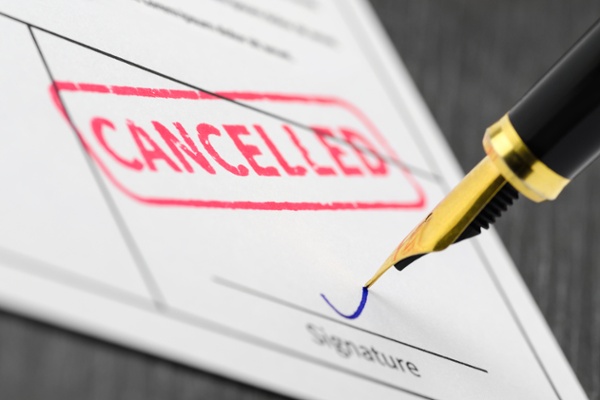
Terminating Your Plan? Here’s What You Need to Know

By: Eric Droblyen
July 1st 2021

How to Select an Auditor for the Form 5500

By: Eric Droblyen
July 1st 2021

Preventing Identify Theft in Your Retirement Plan

By: Eric Droblyen
July 1st 2021

401(k) Vesting Schedules – What They Are and How They Work

By: Eric Droblyen
July 1st 2021

Voluntary Contributions - Probably Not a Fit for Your 401(k) Plan

By: Eric Droblyen
July 1st 2021

The ADP and ACP Tests - What You Need to Know

By: Eric Droblyen
July 1st 2021
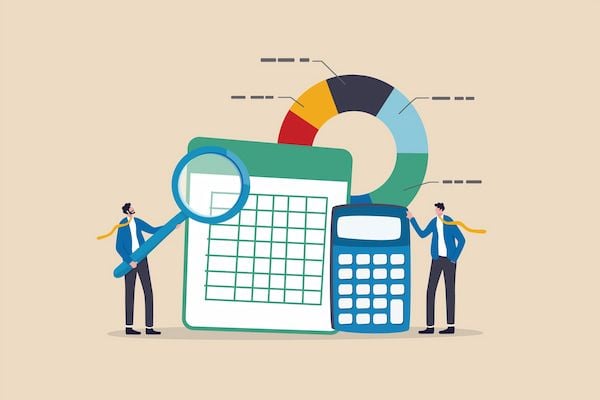
How to Calculate Your All-In 401(k) Fee

By: Eric Droblyen
July 1st 2021
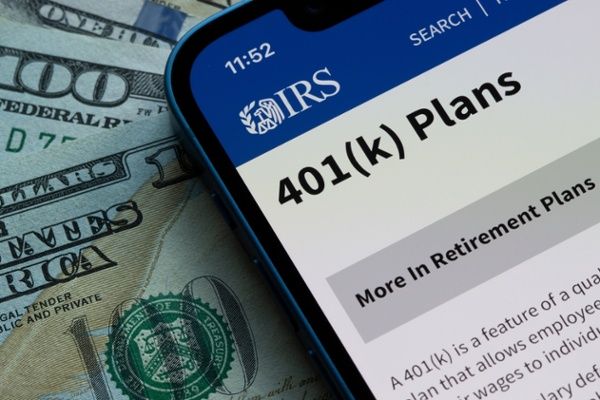
401(k) Contribution Limits - What You Need to Know

By: Eric Droblyen
July 1st 2021

401(k) Fees - What You Need to Know About The 3 Major Categories

By: Eric Droblyen
July 1st 2021
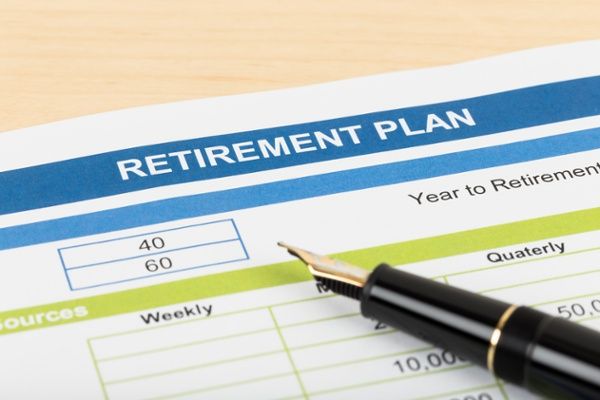
What to Do When Your Retirement Plan Terminates

By: Eric Droblyen
July 1st 2021

The Top Heavy Test - What You Need to Know

By: Eric Droblyen
July 1st 2021
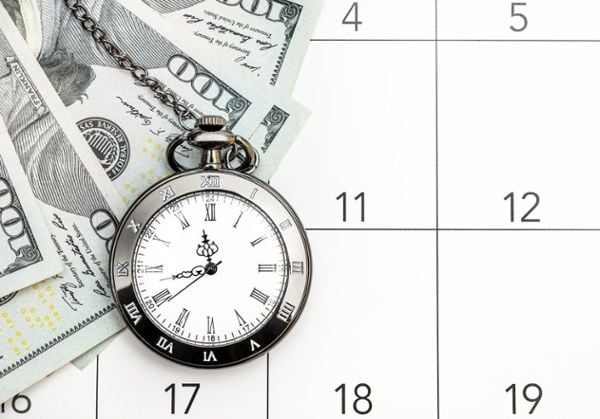
Vesting Schedules – Everything You Need to Know

By: Eric Droblyen
July 1st 2021

401(k) Rollovers - How to Evaluate Your Options

By: Eric Droblyen
June 23rd 2021

401(k) Earned Income – What Employers Need to Know

By: Eric Droblyen
June 9th 2021

Is Your Company Part of a Controlled Group? You Need to Know or Risk 401(k) Plan Disqualification

By: Eric Droblyen
May 26th 2021

How Much Lower 401(k) Fees Can Grow Your Retirement Savings

By: Eric Droblyen
May 12th 2021

401(k) Fee Study: 75% of Small Business Plans Pay Hidden Fees

By: Eric Droblyen
April 28th 2021

Starting a 401(k)? A Short Initial Plan Year is Probably a Bad Idea

By: Eric Droblyen
April 14th 2021

Design a 401(k) Plan Like a Pro in 6 Steps

By: Eric Droblyen
March 31st 2021

How to Lobby Your Employer for a Better 401(k) Plan

By: Eric Droblyen
March 17th 2021

The Benefits of a 401(k) Plan for Employers and Employees

By: Eric Droblyen
March 3rd 2021

Want to Retire Early? Three 401(k) Features That Can Help

By: Eric Droblyen
February 17th 2021
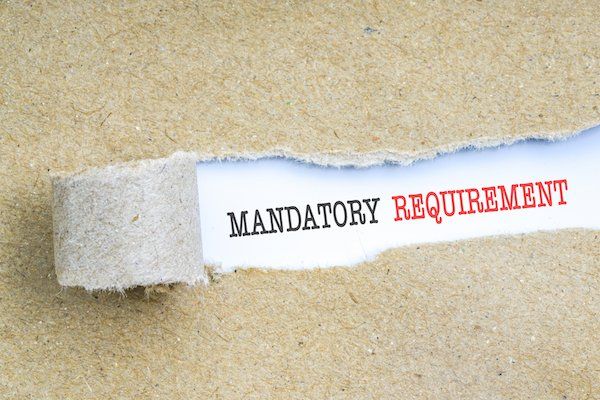
401(k) Plan Restatements - Save Fees With These Amendments

By: Eric Droblyen
February 3rd 2021

401(k) Nondiscrimination Testing - Basics and Deadlines

By: Eric Droblyen
January 19th 2021
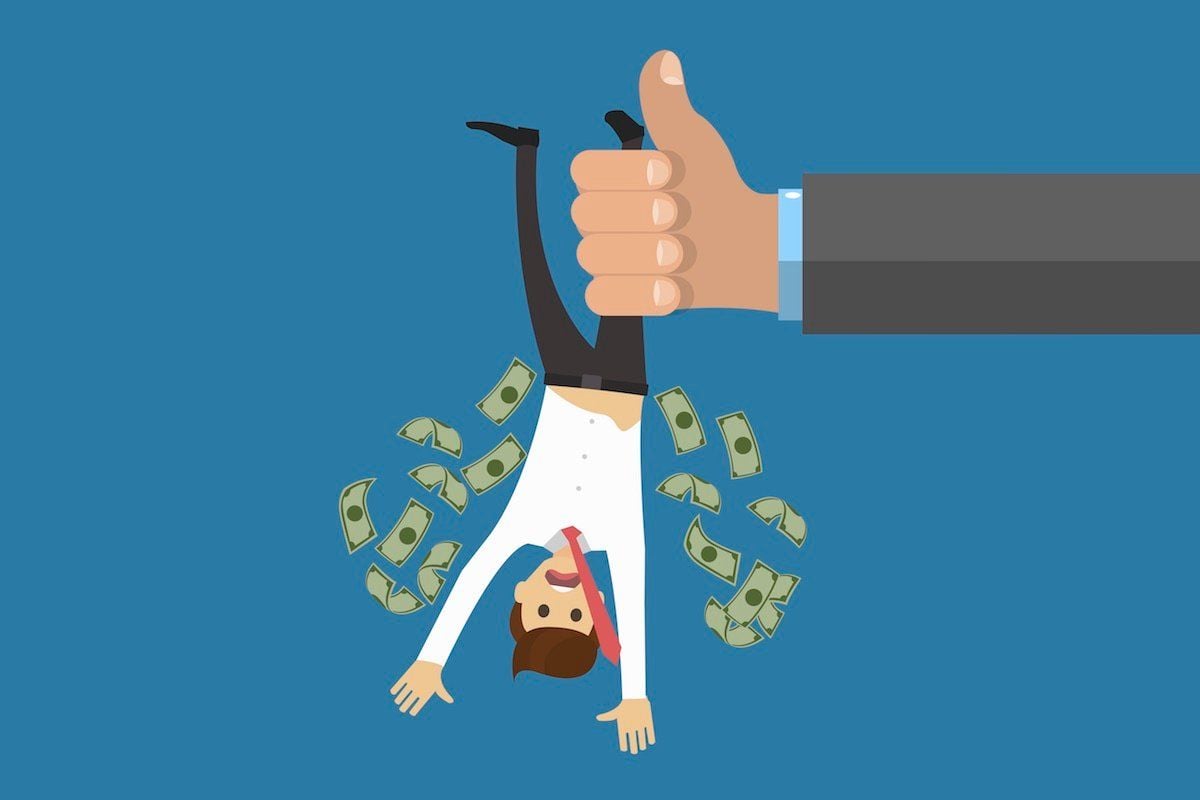
'Hidden' 401(k) Fees – What Business Owners Need to Know

By: Eric Droblyen
January 6th 2021

The Top Ten Frugal Fiduciary 401(k) Blogs of 2020

By: Eric Droblyen
December 23rd 2020

How to Find & Calculate Transamerica 401(k) Fees

By: Eric Droblyen
December 17th 2020
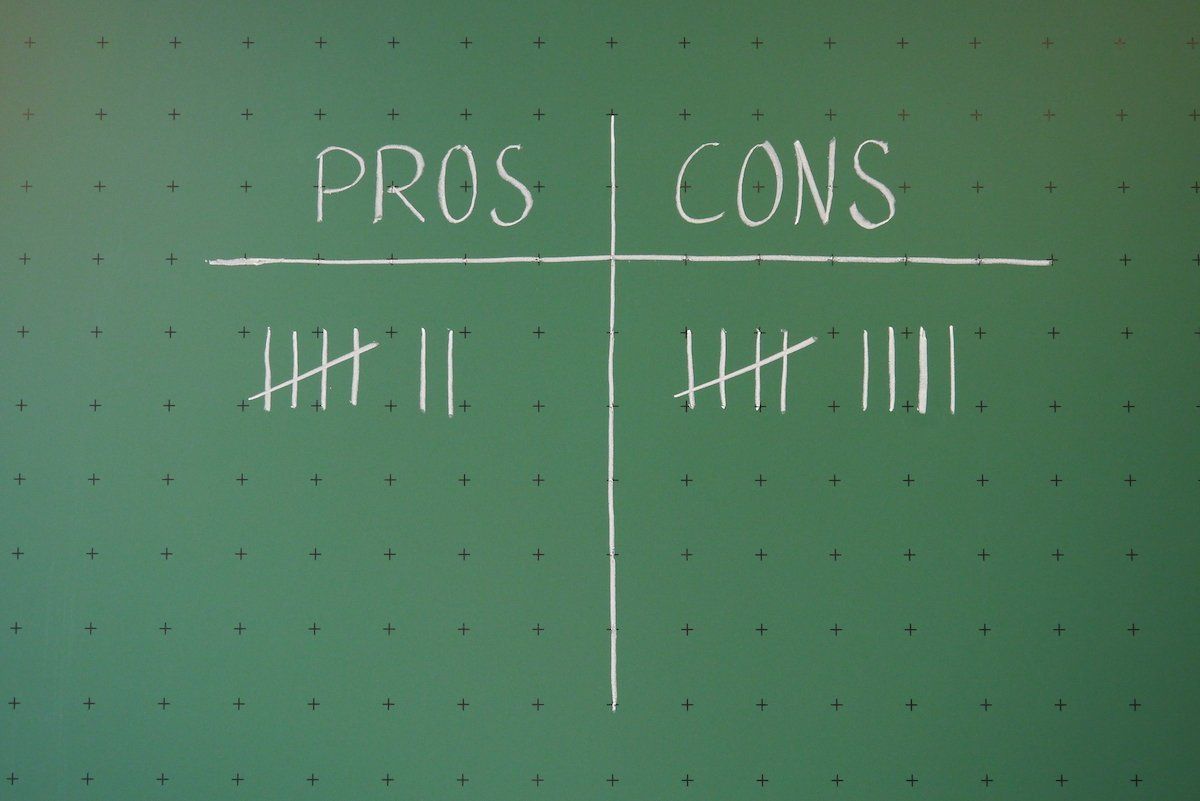
Pooled vs. Single-Employer 401(k) Plans - Are PEPs for You?

By: Eric Droblyen
December 9th 2020

401(k) Reform – How to Make Plans More Transparent

By: Eric Droblyen
November 11th 2020

401(k) Fiduciary Outsourcing – Roles That MEPs Can Abuse

By: Eric Droblyen
October 28th 2020

401(k) Retirement Planning – 4 Steps to Retire On-Time

By: Eric Droblyen
October 14th 2020
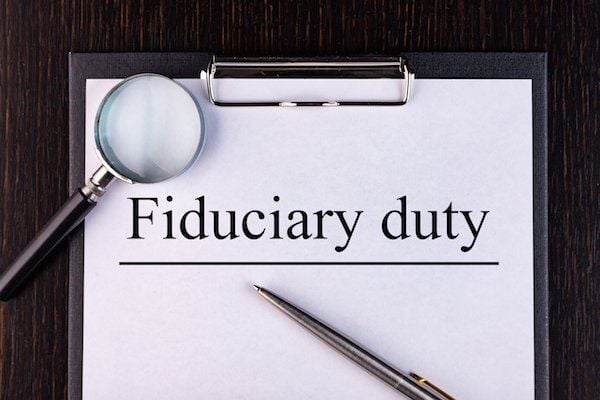
401(k) Investments - Options for Selecting a “Prudent” Menu

By: Eric Droblyen
September 30th 2020

Paying 401(k) Admin Fees from Plan Assets Hurt Business Owners Most

By: Eric Droblyen
August 19th 2020
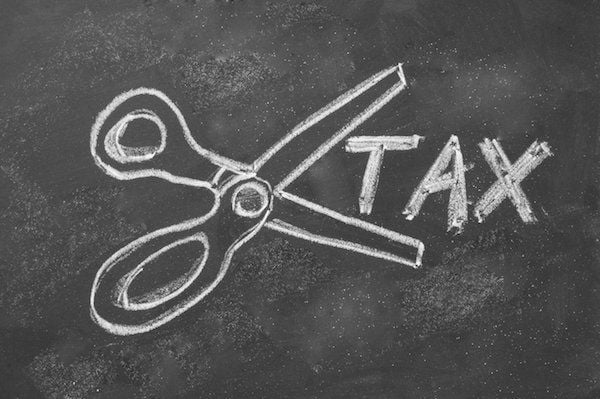
Roth vs. Traditional 401(k) Contributions – How to Choose

By: Eric Droblyen
August 5th 2020
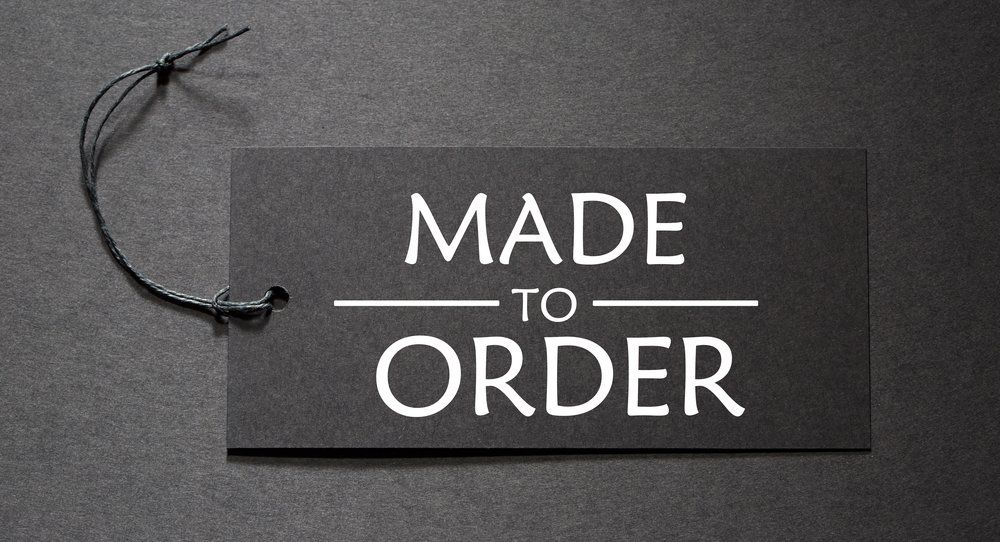
The 5 Most Popular Small Business 401(k) Plan Features

By: Eric Droblyen
July 22nd 2020

How Much Time Does Annual 401(k) Administration Take?

By: Eric Droblyen
July 8th 2020

How to Find & Calculate MassMutual 401(k) Fees

By: Eric Droblyen
June 30th 2020

How to Find & Calculate VOYA 401(k) Fees

By: Eric Droblyen
June 30th 2020

How to Find & Calculate Principal 401(k) Fees

By: Eric Droblyen
June 30th 2020

How to Find & Calculate American Funds 401(k) Fees

By: Eric Droblyen
June 30th 2020

How to Find & Calculate Ascensus 401(k) Fees

By: Eric Droblyen
June 30th 2020

How to Find & Calculate Paychex 401(k) Fees

By: Eric Droblyen
June 30th 2020

How to Find & Calculate Vanguard 401(k) Fees

By: Eric Droblyen
June 30th 2020

How to Find & Calculate Fidelity 401(k) Fees

By: Eric Droblyen
June 30th 2020

How to Find & Calculate Empower 401(k) Fees

By: Eric Droblyen
June 30th 2020

How to Find & Calculate ADP 401(k) Fees

By: Eric Droblyen
June 30th 2020

How to Find & Calculate Nationwide 401(k) Fees

By: Eric Droblyen
June 30th 2020

The DOL Finalizes New Electronic 401(k) Disclosure Rules

By: Eric Droblyen
June 24th 2020

Lowering 401(k) Fees – Options for Sponsors and Participants

By: Eric Droblyen
June 10th 2020

How to Find & Calculate John Hancock 401(k) Fees

By: Eric Droblyen
June 6th 2020
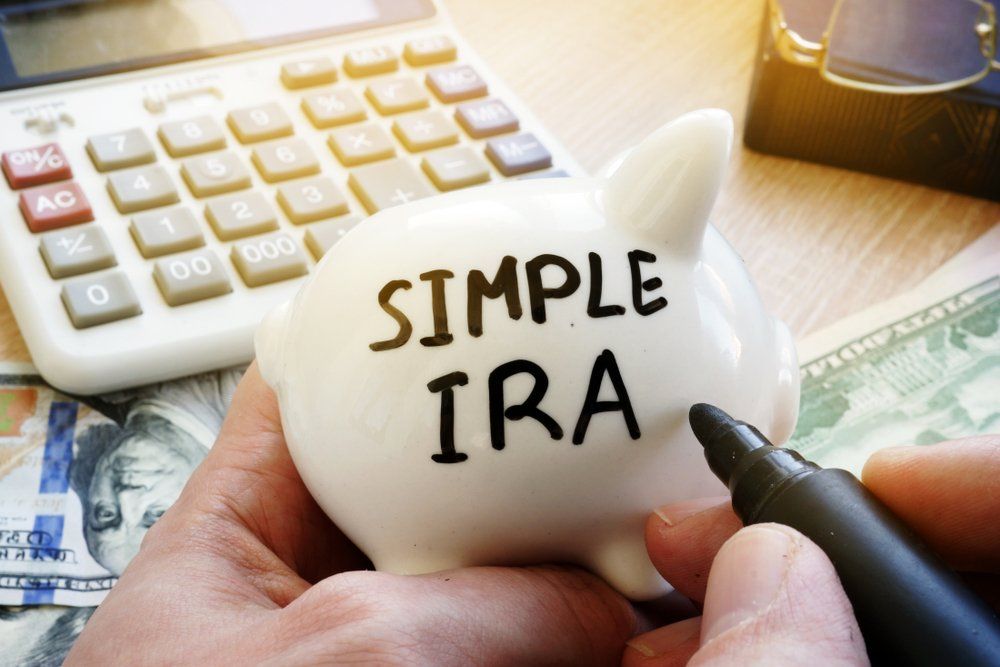
401(k) vs SIMPLE IRA: Which is Right for Your Business?

By: Eric Droblyen
May 27th 2020
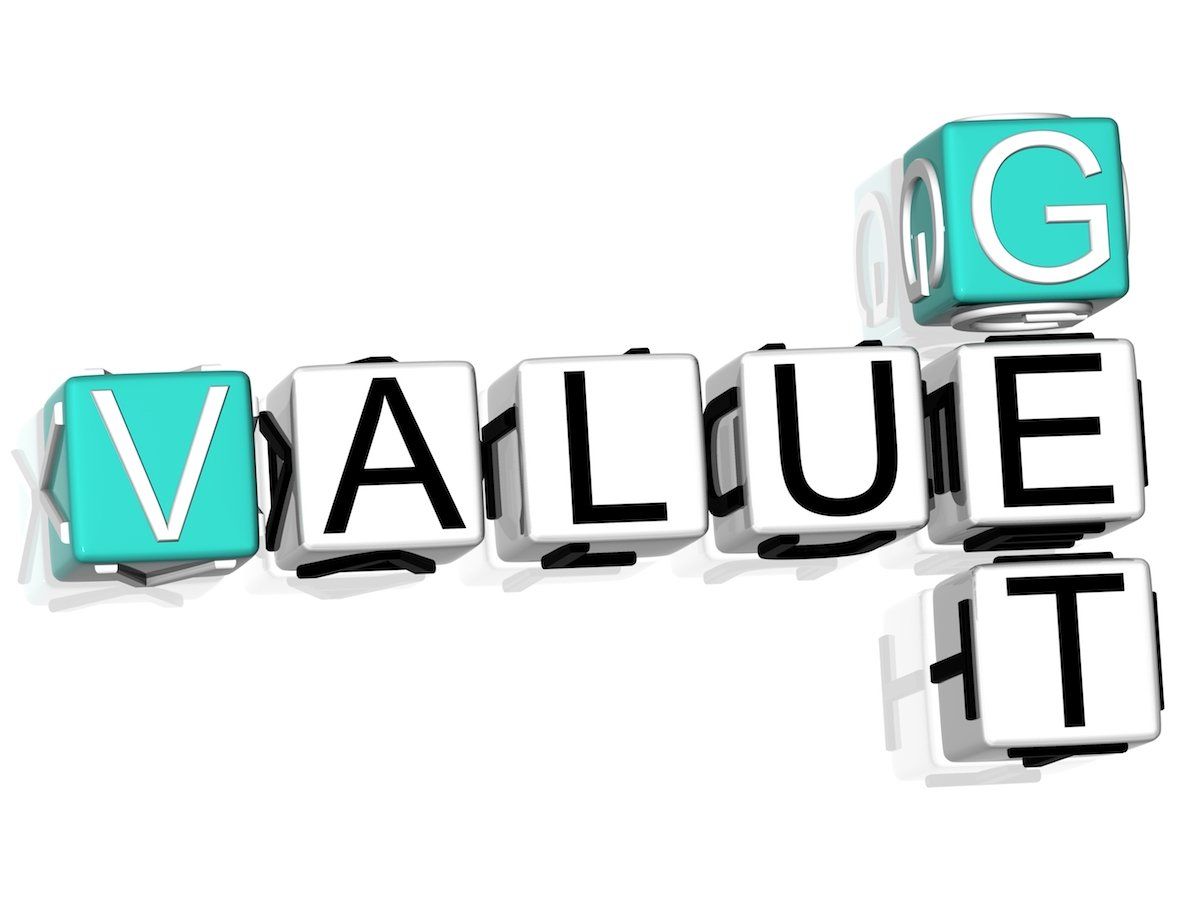
How to “Value” 401(k) Administration Services and Investments

By: Eric Droblyen
May 13th 2020

A “Rosetta Stone” for Finding 401(k) Provider Fees

By: Eric Droblyen
April 29th 2020
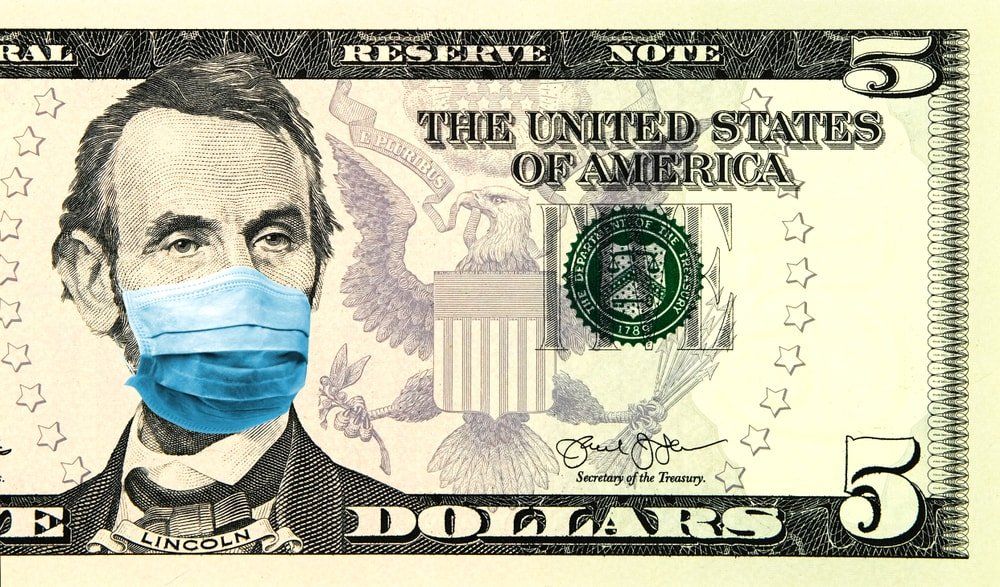
The CARES Act - 401(k) Participant Distribution and Loan Options

By: Eric Droblyen
April 15th 2020

COVID-19 – 401(k) FAQs for Business Owners and Plan Participants

By: Eric Droblyen
March 31st 2020

Safe Harbor 401(k) Plans: Answers To Common Questions

By: Brian Furgala
March 18th 2020
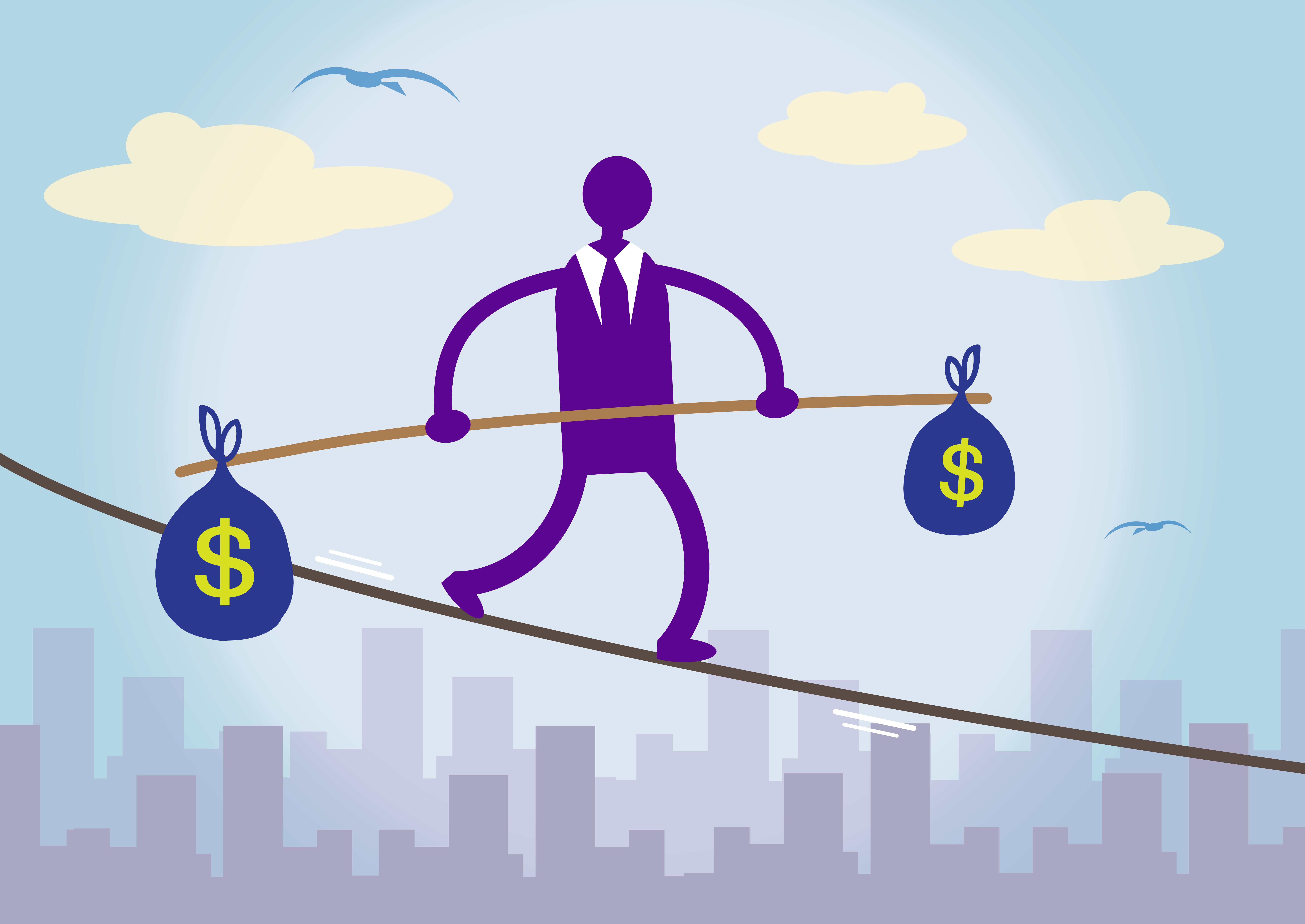
Index Funds Are Indisputably Prudent 401(k) Investments - How to Pick a Lineup

By: Eric Droblyen
March 4th 2020

401(k) Investing – Professional Advice is Easy to Access Today

By: Eric Droblyen
February 19th 2020

Don’t Let Your 401(k) Provider Hide the Cost of Your Plan

By: Eric Droblyen
February 5th 2020

401(k) Testing – Deadlines Employers Should Know

By: Eric Droblyen
January 22nd 2020
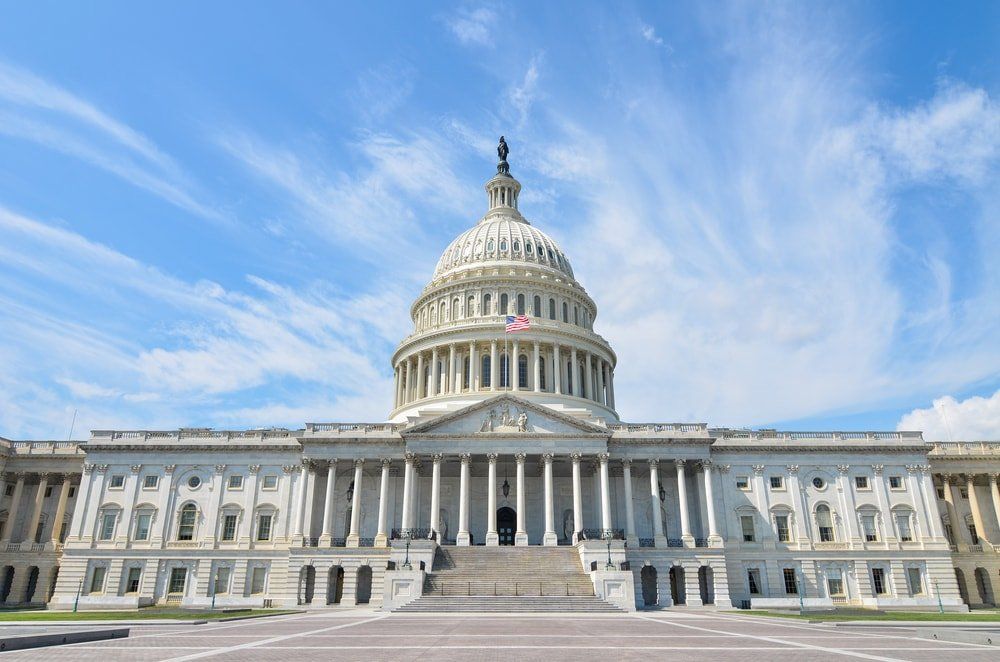
The SECURE Act of 2019 – An Analysis of Key 401(k) Changes

By: Eric Droblyen
January 8th 2020

The Top Ten Frugal Fiduciary 401(k) Blogs of 2019

By: Eric Droblyen
December 25th 2019

How to Attribute Family Ownership When 401(k) Plan Testing

By: Eric Droblyen
November 27th 2019
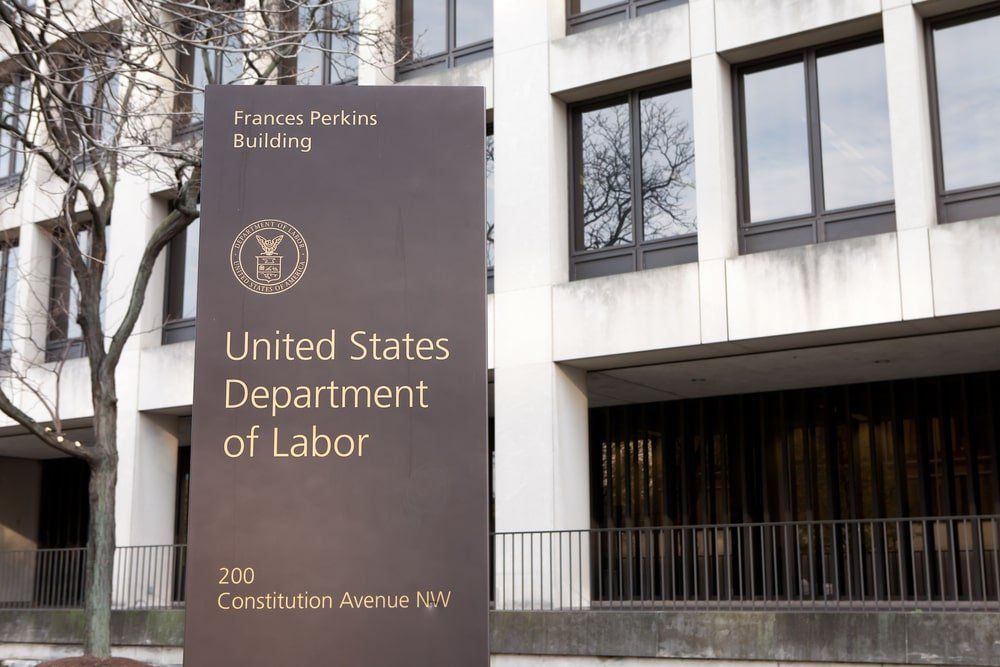
The DOL Proposes New Electronic 401(k) Disclosure Rules

By: Eric Droblyen
November 13th 2019
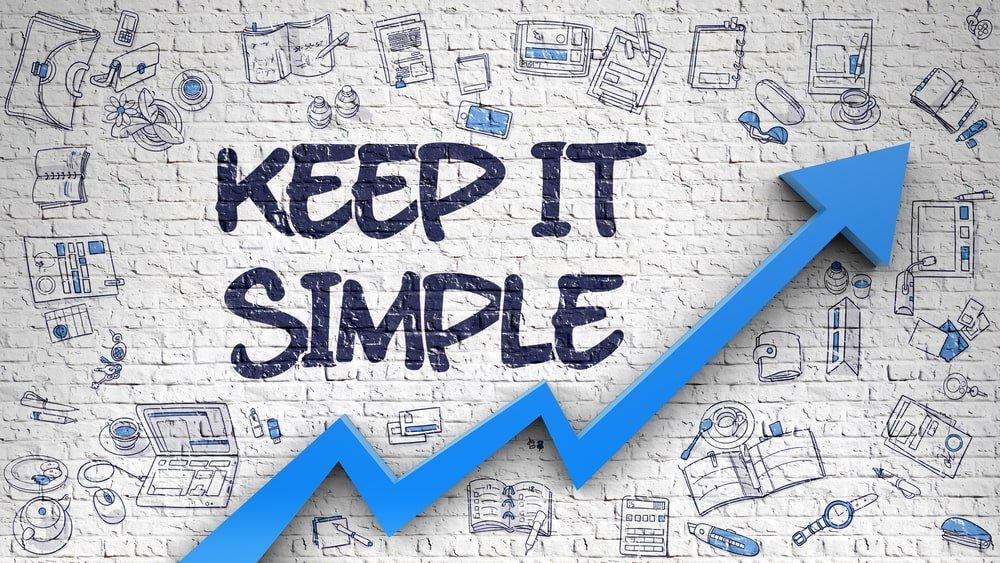
How MEPs Signal a Broken 401(k) Industry

By: Eric Droblyen
October 30th 2019
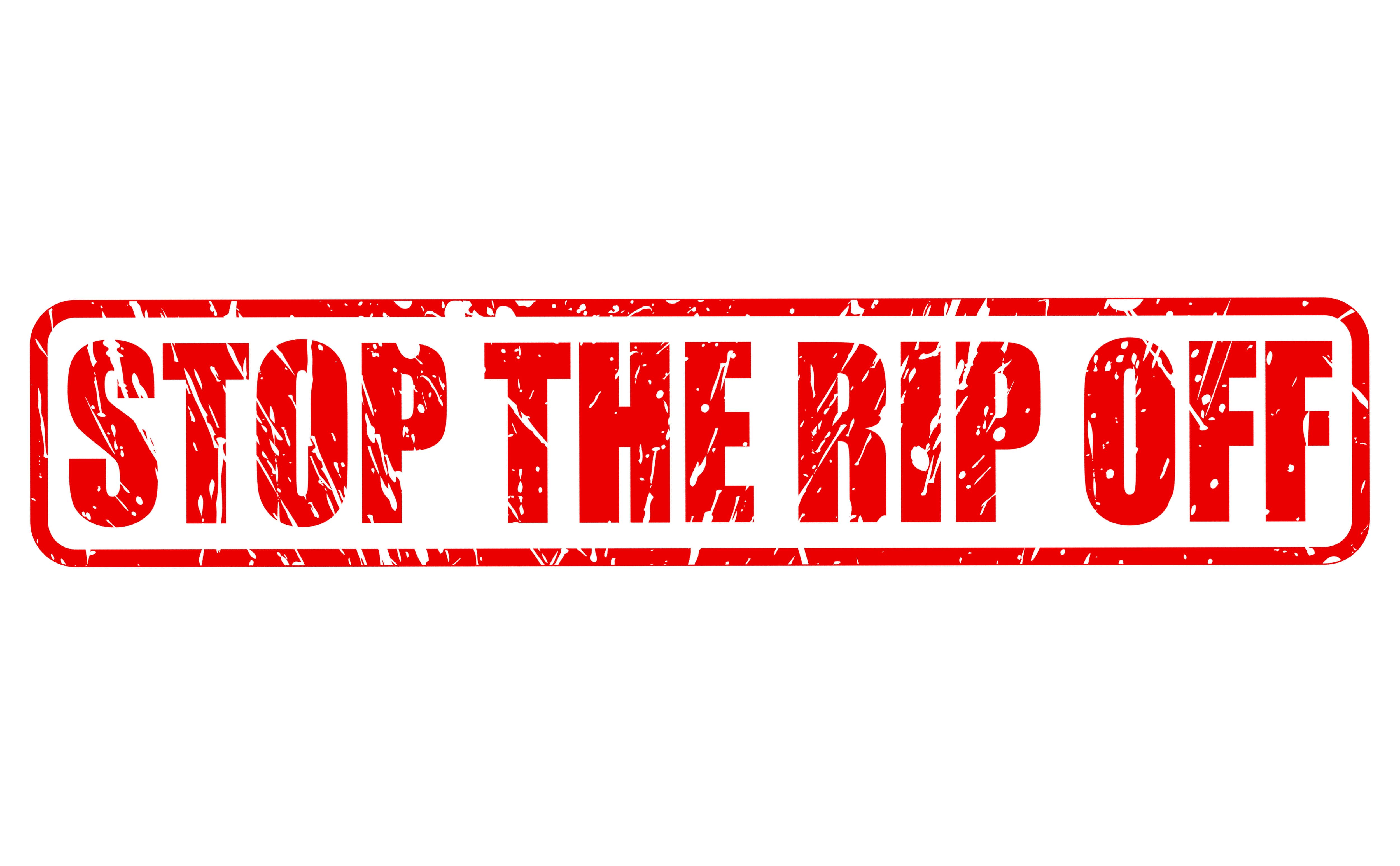
3 Warning Signs Your 401(k) Provider is Ripping You Off

By: Eric Droblyen
October 16th 2019
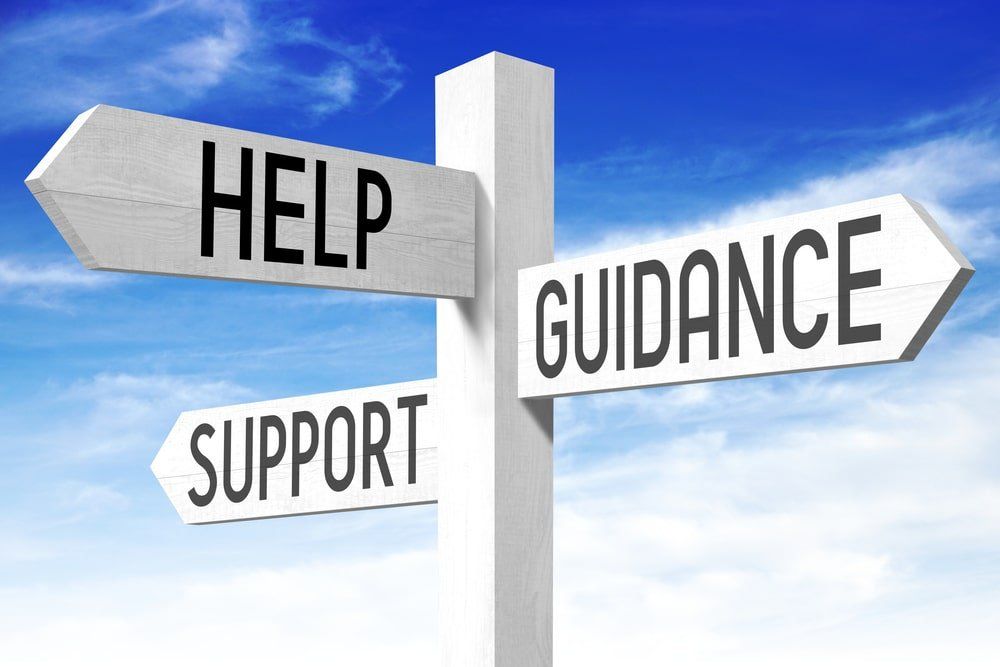
401(k) Fees - Rules for Allocating Among Plan Participants

By: Eric Droblyen
October 2nd 2019

Steps for Reducing the Out-of-Pocket Cost of Retirement

By: Eric Droblyen
September 4th 2019

401(k) Fee Study: What Does a Fiduciary-Grade Advisor Cost?

By: Eric Droblyen
August 7th 2019

The SPIVA Scorecard – A Must-Read for 401(k) Fiduciaries

By: Eric Droblyen
July 10th 2019

Switching 401(k) Providers? What to Expect and Pitfalls to Avoid

By: Eric Droblyen
June 26th 2019
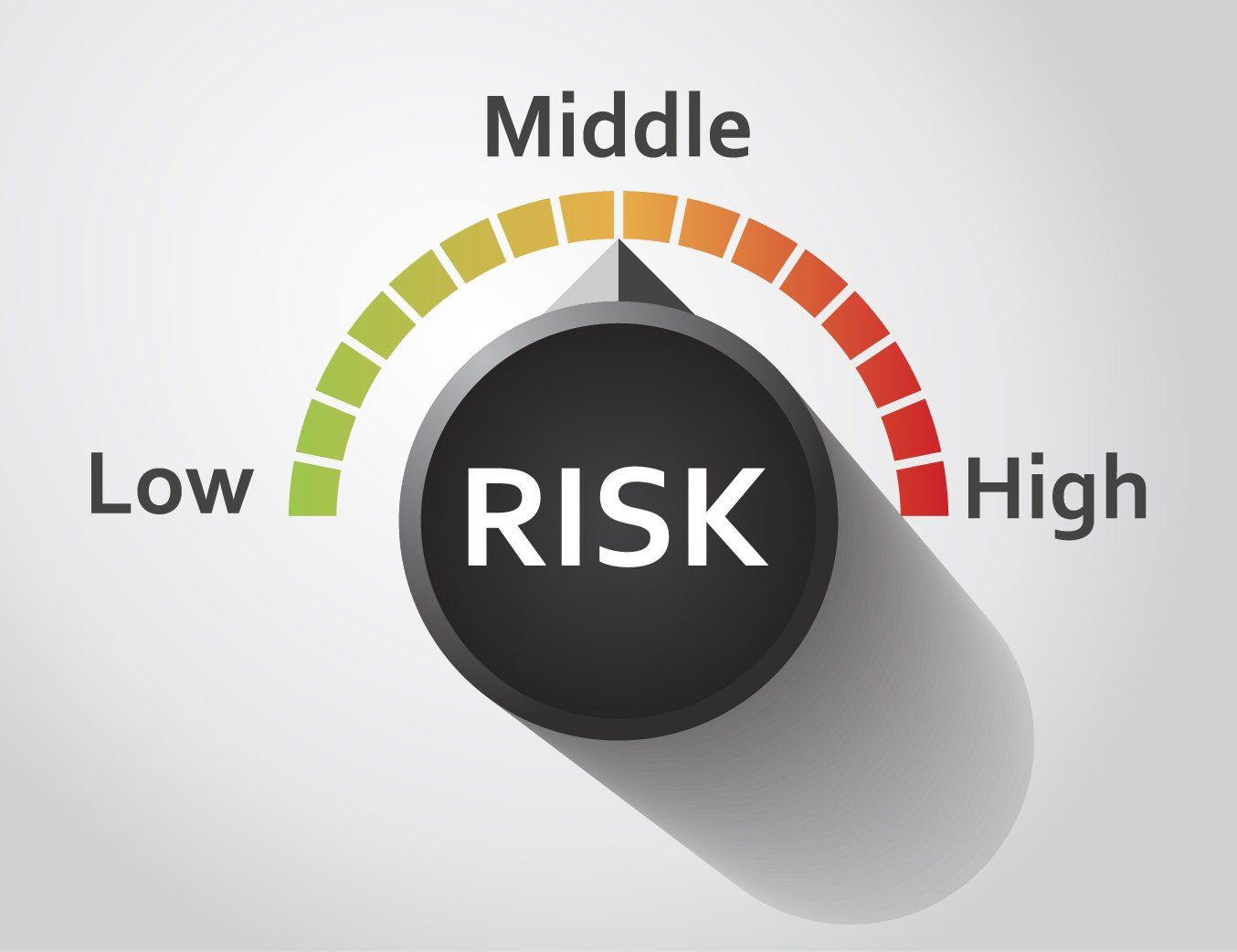
Employers Must Avoid 401(k) Providers They Can't Understand

By: Eric Droblyen
June 12th 2019
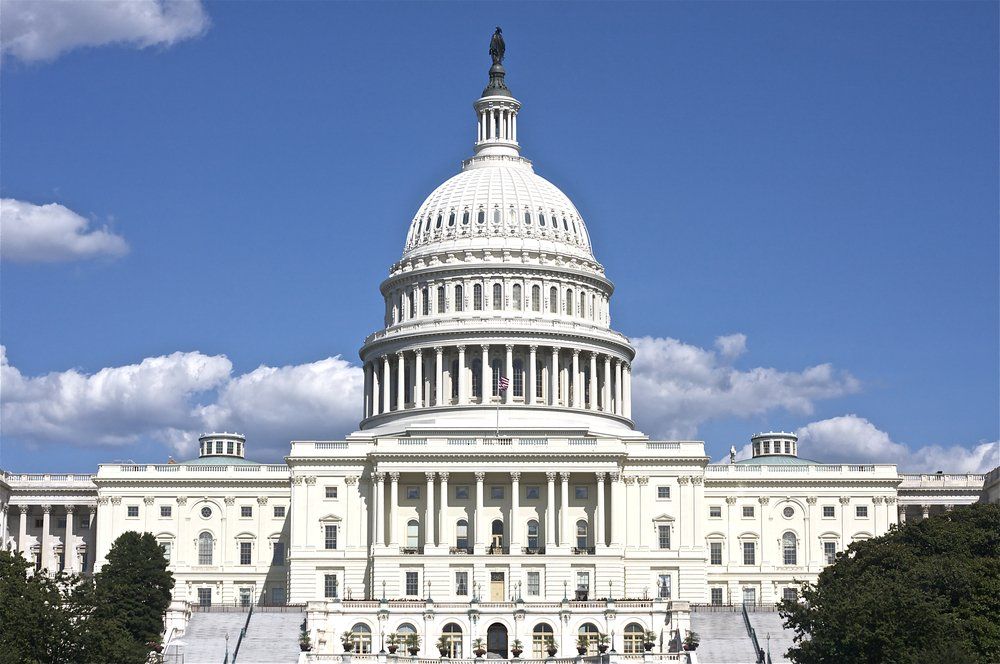
The SECURE Act and RESA - the Good, the Bad, and the Ugly

By: Eric Droblyen
May 29th 2019
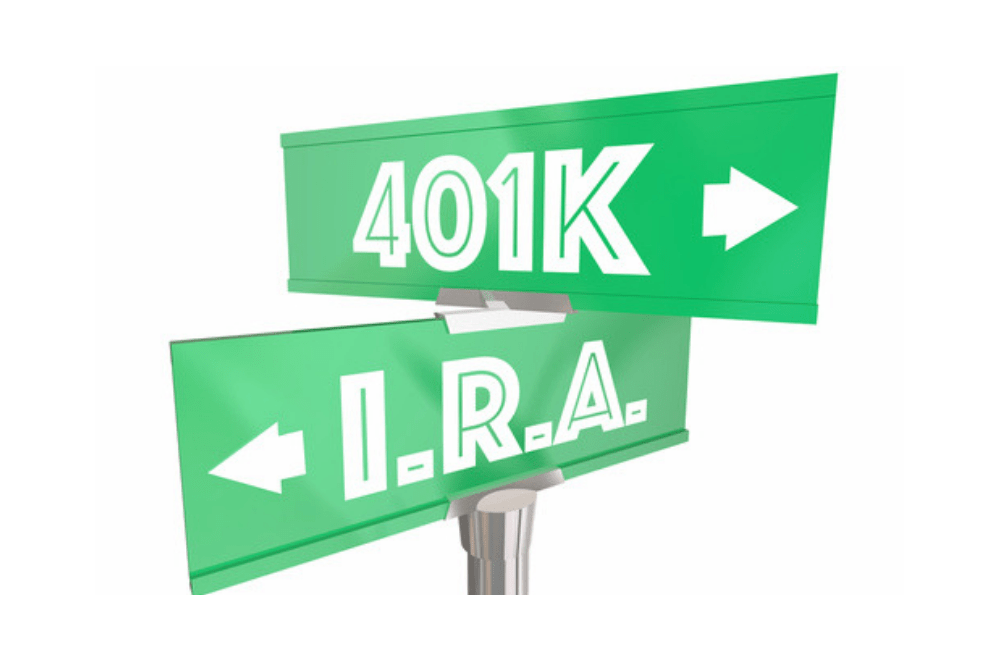
401(k) Rollovers: When One is in Your Best Interest

By: Eric Droblyen
May 15th 2019
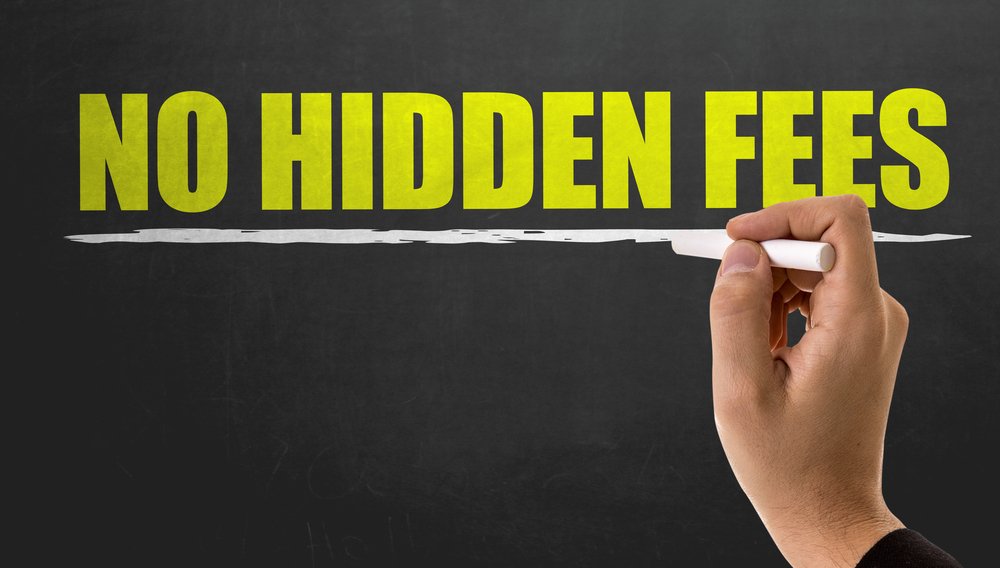
It's Too Easy to Conceal 401k Fees – We Need 408b-2 Reform

By: Eric Droblyen
April 17th 2019
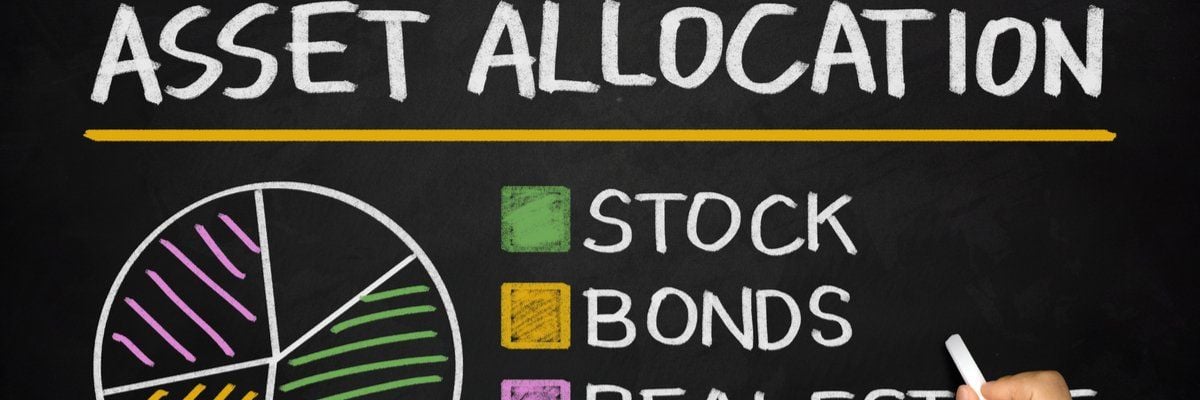
401(k) Investment Advice – Pros and Cons of the 3 Basic Forms

By: Eric Droblyen
April 3rd 2019

Small Business 401(k) Plan Design Study: What 3,975 401(k) Plans Are Doing

By: Eric Droblyen
March 20th 2019

Safe Harbor or Traditional 401(k) Plan – How to Decide

By: Eric Droblyen
March 6th 2019

Hardship 401(k) Distributions – Frequently Asked Questions

By: Eric Droblyen
February 20th 2019

Applying Jack Bogle’s Guiding Principle to 401(k) Provider Fees

By: Eric Droblyen
February 6th 2019

How Compound Interest and Dollar Cost Averaging Reduce the Cost of Retirement

By: Eric Droblyen
January 23rd 2019
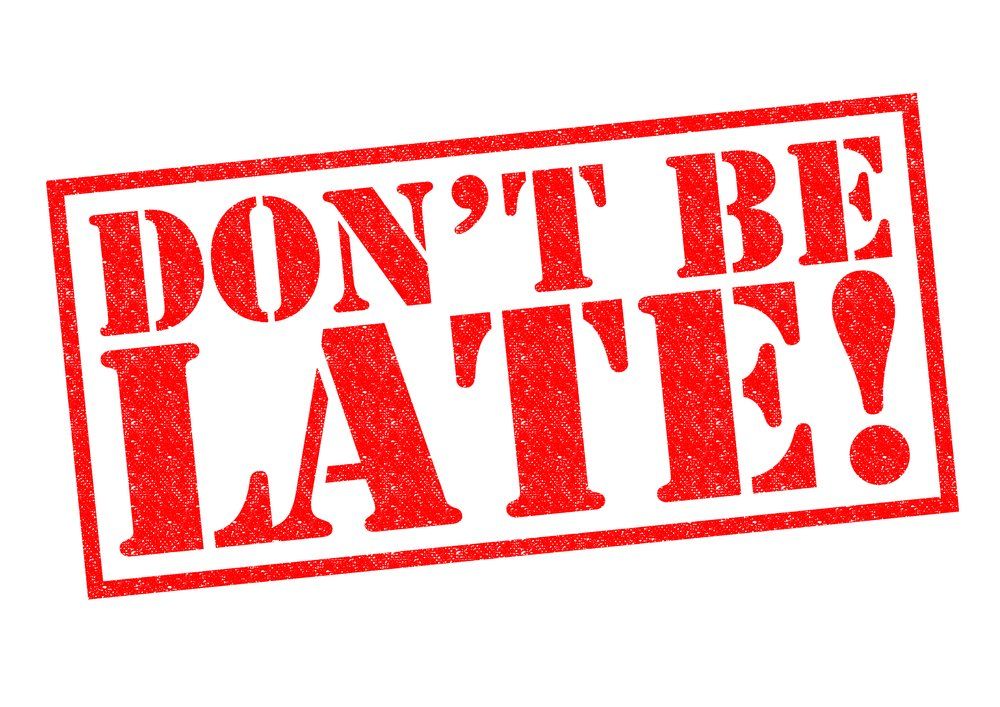
401(k) Contribution Deadlines – You Don’t Want to Miss Them!

By: Eric Droblyen
January 9th 2019

The Top Ten Frugal Fiduciary 401(k) Blogs of 2018

By: Eric Droblyen
December 26th 2018
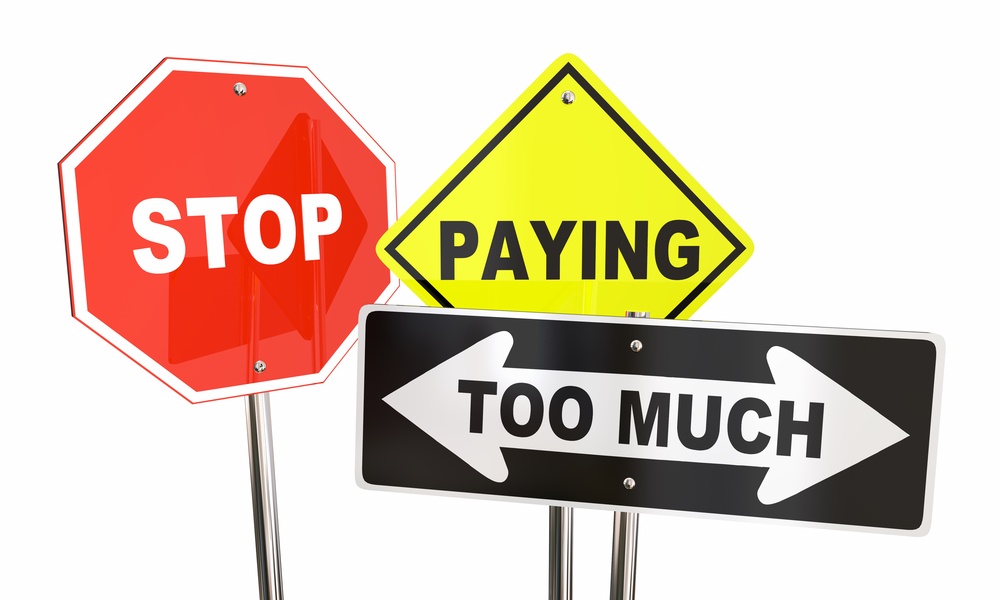
2018 Small Business 401(k) Fee Study – What’s Too High?

By: Eric Droblyen
November 28th 2018

Calculating American Funds 401(k) Fees Using Their 408b-2

By: Eric Droblyen
October 31st 2018
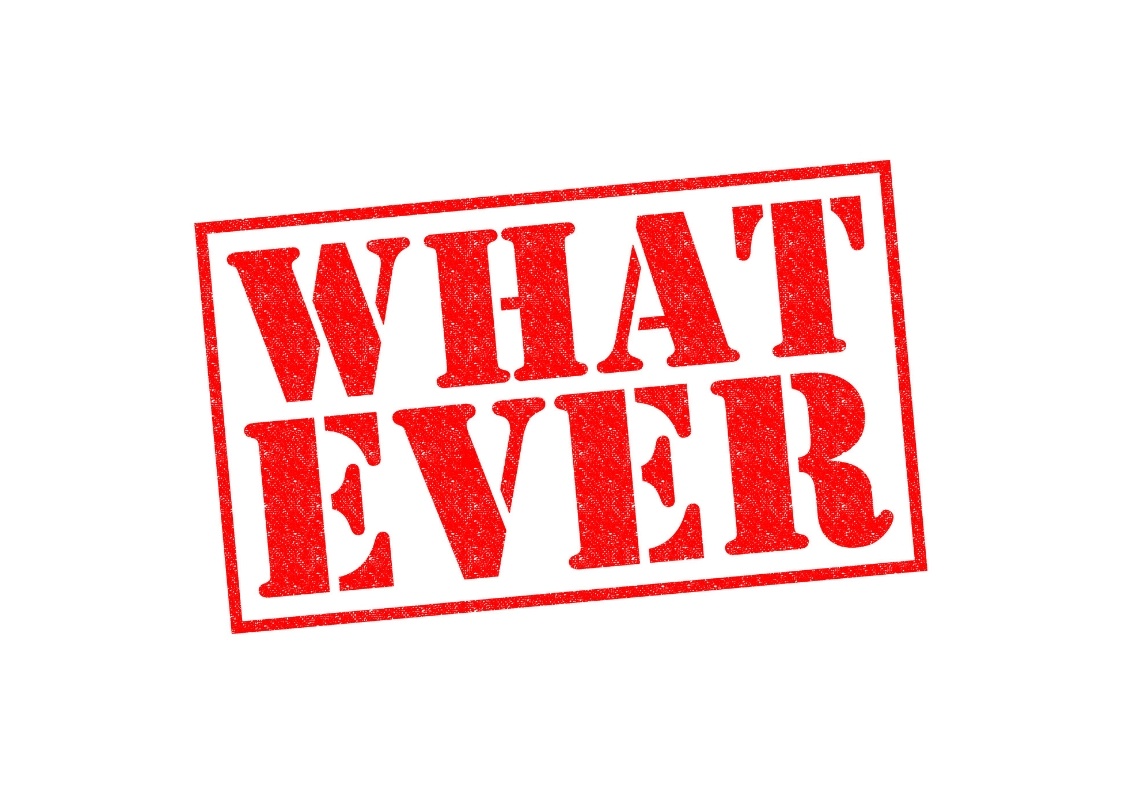
Apathy is the #1 Source of 401(k) Liability – It’s Easy to Avoid

By: Eric Droblyen
October 17th 2018
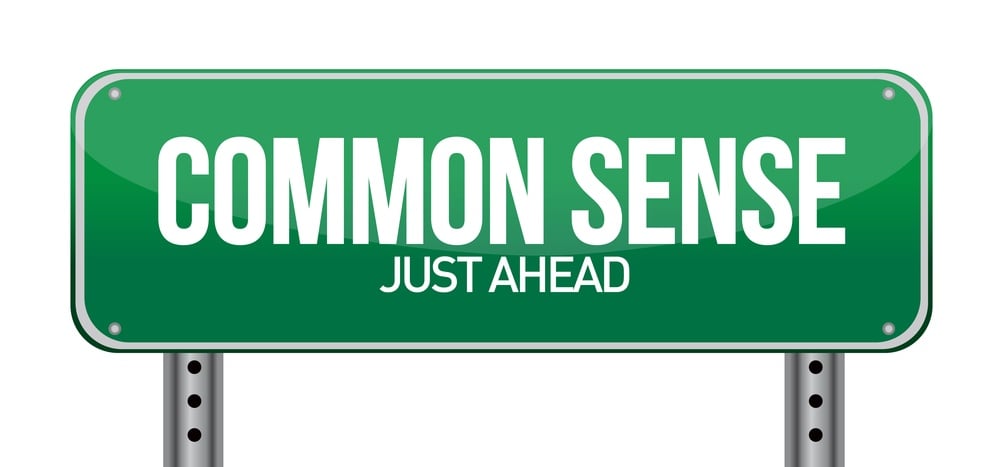
TSP-like 401(k)s + Tax Credits = More Small Business Plans

By: Eric Droblyen
October 3rd 2018
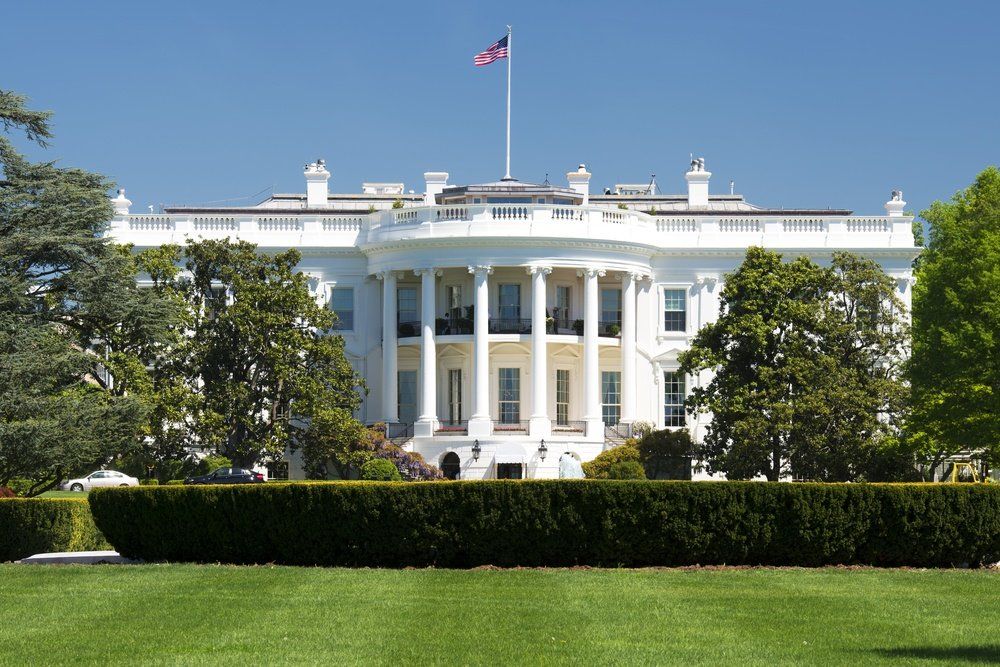
How Trump’s Executive Order on Retirement Plans Falls Short

By: Eric Droblyen
September 19th 2018

How to Total Paychex 401(k) Fees Using Their 408b-2 Disclosure

By: Eric Droblyen
September 5th 2018

Calculating ADP 401(k) Fees Using Their 408b-2 Disclosure

By: Eric Droblyen
August 22nd 2018
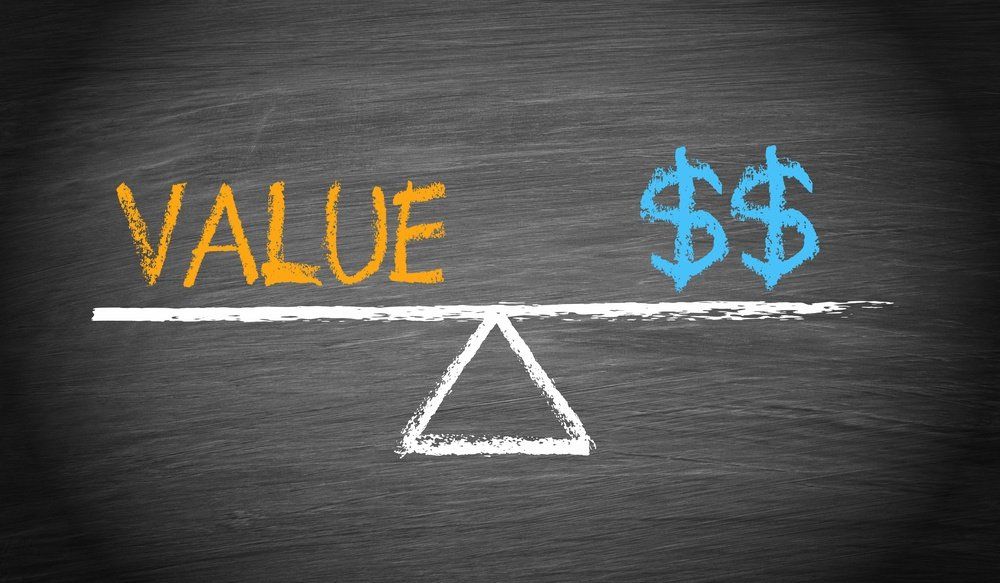
Guidelines for Benchmarking 401(k) Admin and Investment Fees

By: Eric Droblyen
August 8th 2018

401(k) Fee Levelization – It Can Make Revenue Sharing Worse!

By: Eric Droblyen
July 11th 2018

401(k) Fidelity Bonds – Frequently Asked Questions

By: Eric Droblyen
June 27th 2018

401(k) Matching Contributions – What Employers Need to Know

By: Eric Droblyen
June 13th 2018
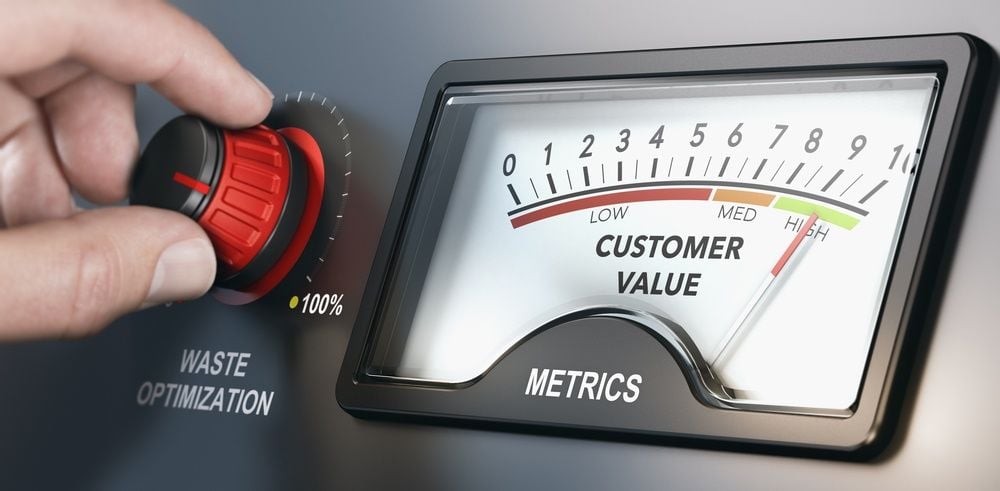
Four 401(k) Plan Services That Justify Higher Provider Fees

By: Eric Droblyen
May 30th 2018
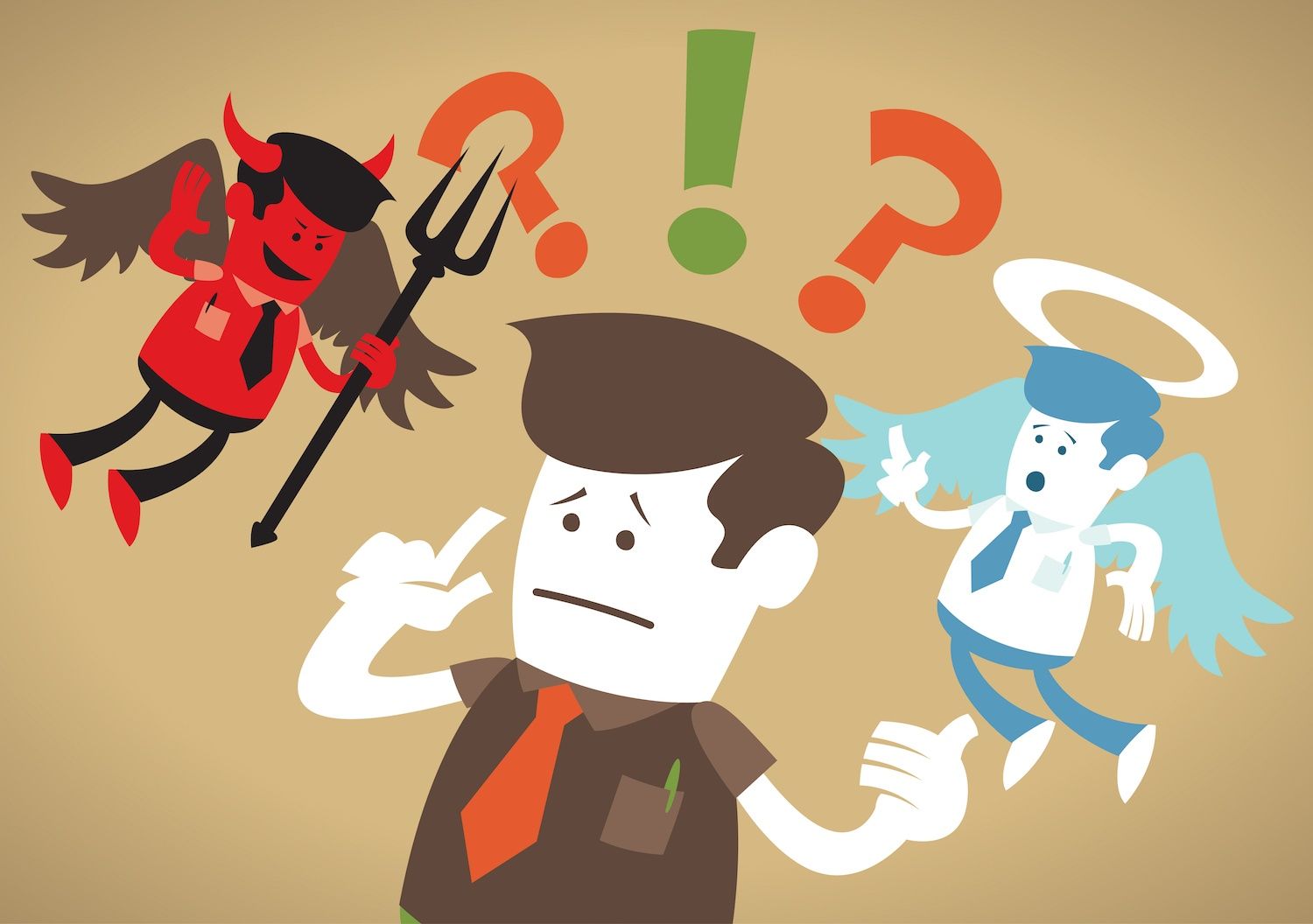
3 Common 401(k) Provider Conflicts of Interest!

By: Eric Droblyen
May 2nd 2018

401(k) Plan Coverage Testing – What Employers Need to Know

By: Eric Droblyen
April 18th 2018

Department of Labor Guidance for Paying 401(k) Fees from Plan Assets

By: Eric Droblyen
April 4th 2018
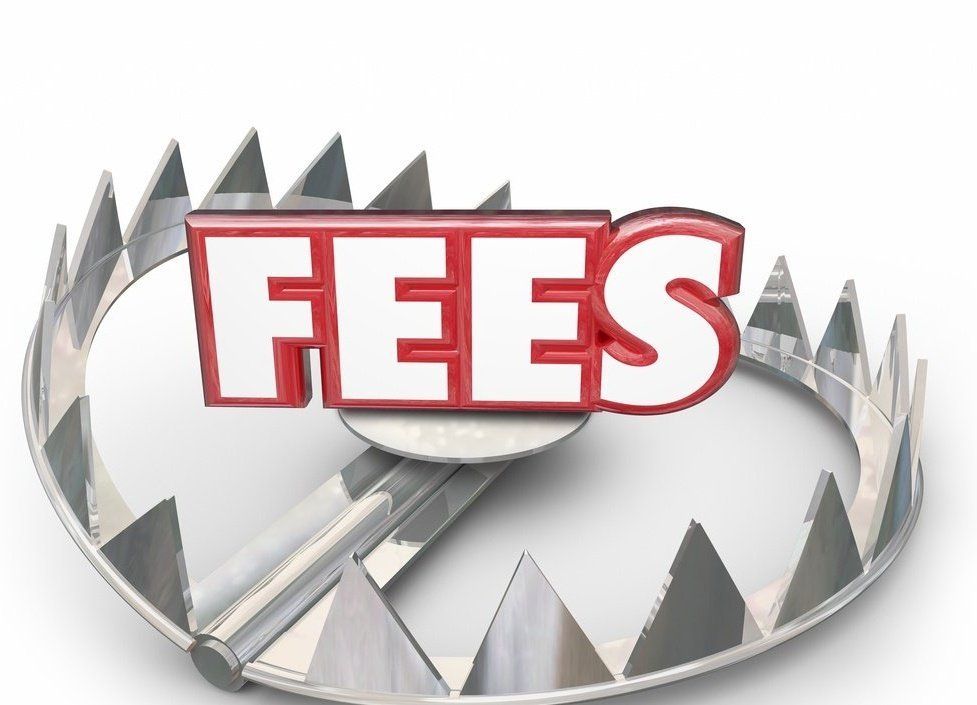
Unpacking the Complex Web of Insurance Company 401(k) Fees

By: Eric Droblyen
March 21st 2018
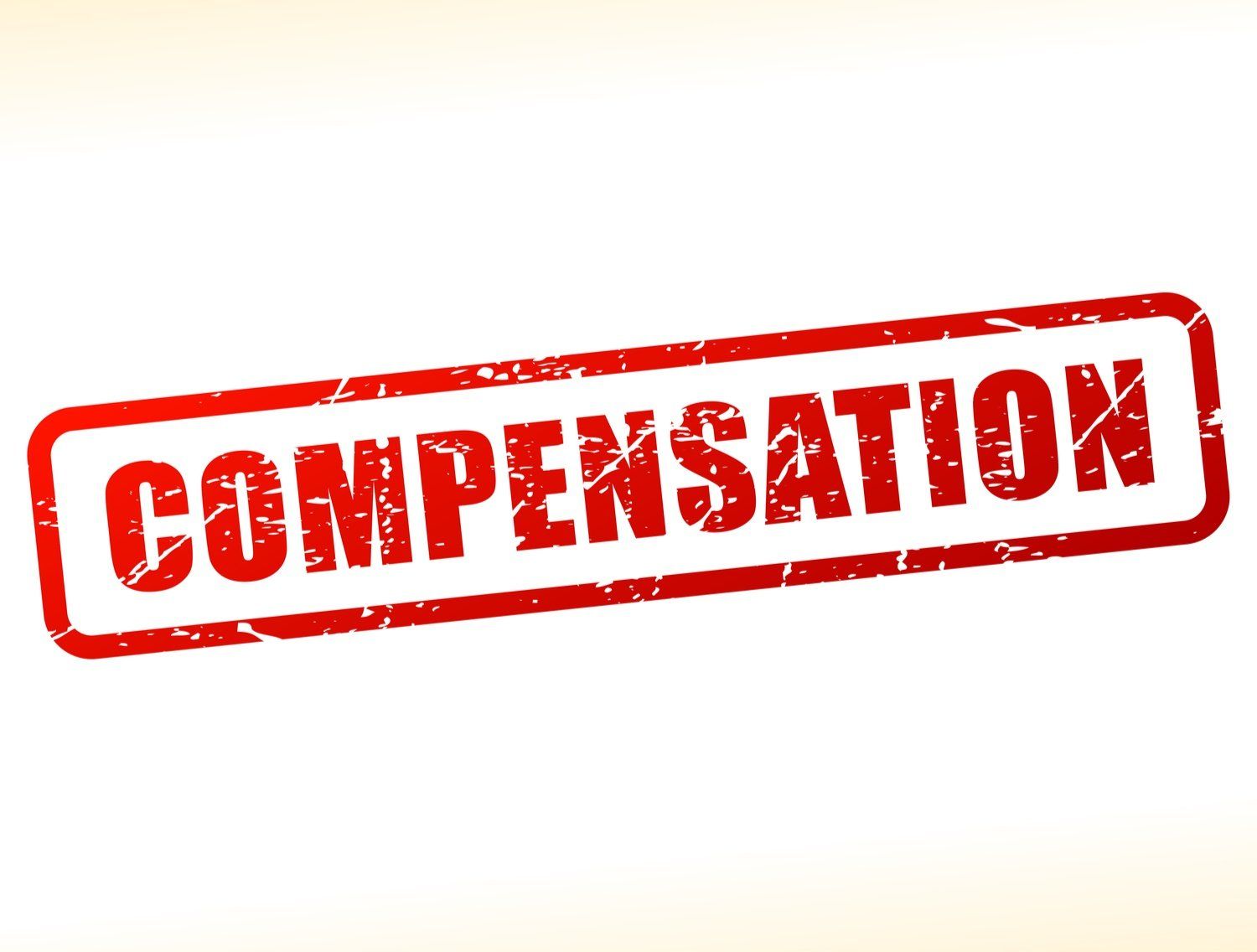
401(k) Plan Compensation – What Employers Need to Know

By: Eric Droblyen
February 21st 2018
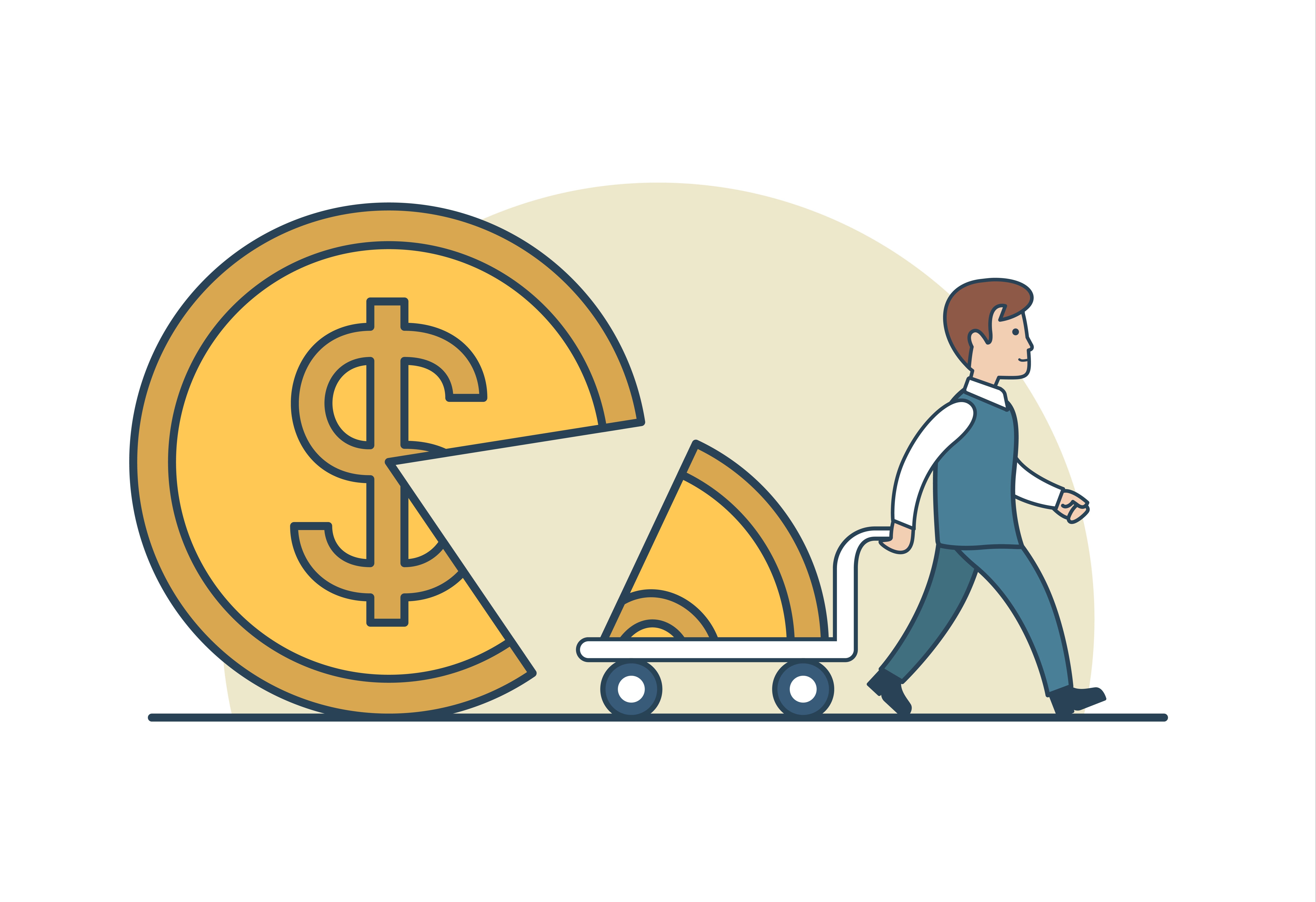
Are Profit Sharing Contributions Right for Your 401(k) Plan?

By: Eric Droblyen
January 10th 2018
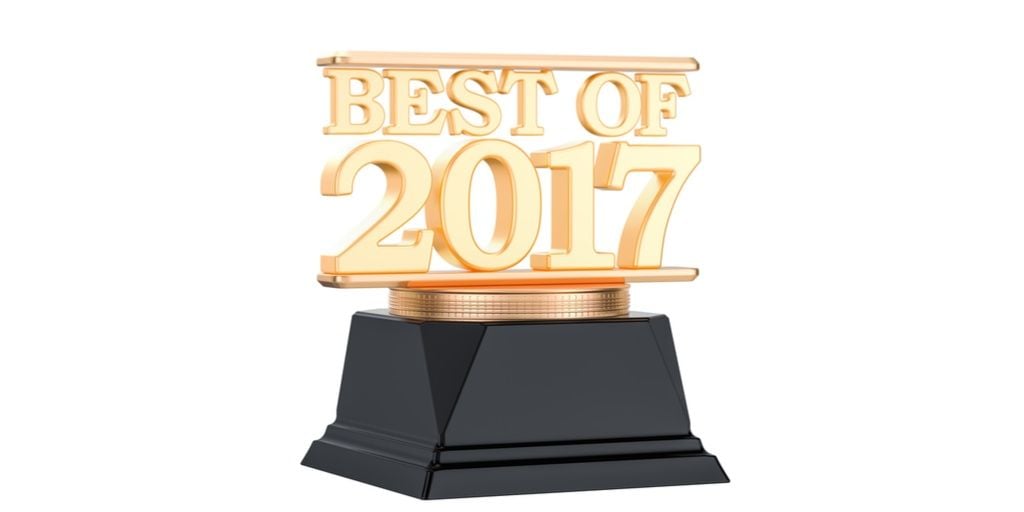
The Top Ten Frugal Fiduciary 401(k) Blogs of 2017

By: Eric Droblyen
December 27th 2017